Podcast: Download (Duration: 33:24 — 30.8MB)
Get Notified Of Future Episodes Apple Podcasts | Spotify | Amazon Music | Android | Blubrry | Gaana | TuneIn | Deezer | Anghami | RSS | More
Presentation highlights:
00:45 – Can Facebook ads work for you?
02:09 – Navigating the Facebook ads maze
03:11 – Why Facebook ads are good
05:19 – The biggest mistakes you can make
07:48 – Where best to start with Facebook ads
12:19 – A tried and tested method to growing your audience
16:20 – Three Ws you need to think about
18:22 – The power of video
19:22 – How to quickly accumulate social proof
20:49 – What are the elements of a good ad?
24:24 – Rules of scaling
28:40 – Two ways to use Messenger ads
Access the complete talks of ALL the JamesSchramko Live events inside JamesSchramko Membership
A better business may be just a boat trip away – Details HERE
Transcription:
James: Next up, we’re going to continue our traffic journey. Does anyone here use Facebook? Do your customers use it? Because I think that’s going to be a really important session for you. So we’re going to bring back Ilana. Come on, Ilana. Big round of applause for Ilana Wechsler. Take it away.
Ilana: Good morning, everyone. Welcome back. We’ve got dusty heads. I know I do.
Alright, so by far and away, the biggest question people ask me when it comes to Facebook ads is, I’m in B2B – Facebook ads can’t work for me. Unanimously, everyone asks me. I talk to business owners all the time and I usually respond one way, I usually say, “Are you aware that there are, according to Facebook, almost two billion people active users on Facebook? Two billion. And of those two billion people, they spend one hour on Facebook or Instagram.”
So, they’re there, and they spend a long time on there. So yeah, I would agree with you. I wouldn’t go to Facebook to buy new brake pads for my car. No, that’s not the first place I’m going to go. I’m going to go to Google for that, right? But, would I be interested in reading an article about the warning signs that I might need new brake pads. Because that’s going to impact my family. Yeah, I’d be interested in reading that and then I’m going to do a Google search to buy new ones. But, it’s that brand awareness, that market awareness that you can really grow your audience on there.
So, you’ve got to think differently. If you’re in a non-traditional business, then you’ve got to think differently when you advertise on Facebook. So, Ben did an awesome presentation talking about e-commerce but what if you’re not in e-commerce?, which I would say a lot of you in the room aren’t. So then, what do you do? You’ve got to think creatively. You got to think out of the box.
Navigating the Facebook Ads maze
OK. So, most people are a bit lost in where they go with their Facebook ads, if they’re in the non-traditional kind of business. They know the treasure is there but they can’t quite get there.
How do they get there? I can’t navigate the maze. And the answer is there’s probably not really one correct maze. There’s a real grey area when it comes to Facebook and that it doesn’t follow a formula but use that to your advantage. Because it’s quite a forgiving ad platform because of the social nature of it.
Because the truth is, there are actually many ways to do Facebook ads. There’s many ways to skin the Facebook ad cat. The truth is that much to the horror of this cat (and that’s the truth) it’s not formulaic. Google is formulaic. Facebook is not like that. So don’t be hard on yourself if you’re getting somewhere and thinking, ‘Am I doing it the right way?’ Maybe you are.
So, what makes Facebook ads so good? Because they are so good.
Why Facebook ads are good
“The targeting on Facebook is second to none, far superior to Google.”
By far, the number one reason is the targeting. The targeting on Facebook is second to none, far superior to Google. You can hone in with a laser focus on your target audience. The challenge for business owners is deciding what targeting to choose. Because as soon as you decide on who you want to target – you can do that on Facebook, it’s how narrow do you go and how creatively can you as a business owner think about what to target? And we’ll get to targeting a little bit later.
Here, I got served Google and Bing ads on Facebook. That’s good targeting. I’m an ad manager and they’re targeting me. They have their own ad platforms but they’re still there.
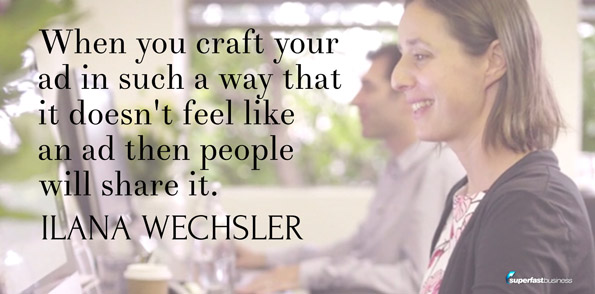 Second reason Facebook ads are so good is the shareability. Hands up anyone who shared something on Facebook. I’m sure everyone. Exactly. You probably don’t realize that one of those things is probably an ad. People share ads on Facebook. It astounds me actually. And they do, because when you craft your ad in such a way that it doesn’t feel like an ad then people will share it. And that’s what you want.
Second reason Facebook ads are so good is the shareability. Hands up anyone who shared something on Facebook. I’m sure everyone. Exactly. You probably don’t realize that one of those things is probably an ad. People share ads on Facebook. It astounds me actually. And they do, because when you craft your ad in such a way that it doesn’t feel like an ad then people will share it. And that’s what you want.
“Think, how shareable is this?”
That’s actually the metric that I really manage an account is how shareable is my ad because that’s a win for me as an ad manager because they’re doing my job for me. They’re finding people for me. So that’s always the goal. When you write an ad, you think, how shareable is this?
And the third reason Facebook ads are so good is the algorithm. Oh my god, this algorithm is unbelievable! And you need this algorithm if you want to really scale out your campaigns. The algorithm is your friend and it will help you find new people. But you’ve got to kind of know how to use it. And I’m going to go through that later.
The biggest Facebook ad mistakes
And I audit lots of Facebook ad accounts. And by far and away, these are the biggest mistakes I see people make.
So, if you are running ads yourself, hopefully, you don’t make these mistakes. And then if you are, you can go away and correct them.
Number one is they don’t use the pixel. Jerry Maguire pleading with whoever that character was, ‘Help me help you.’ This is Facebook saying to you, “Help me help you.” If you don’t install the pixel, they don’t know who you want so they can’t find you more of those people. You need to help Facebook. Facebook is actually your friend and you’re like partnering with them and they’re going to help you find more people as you want to scale your campaign. So you will hit a plateau if you don’t use the pixel. That’s why you really need to use it. So please use the pixel.
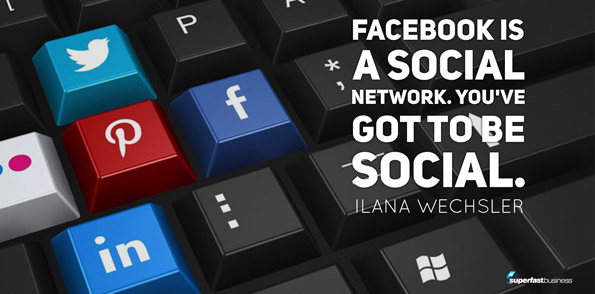 Second big mistake I see people make is if they don’t build a relationship with their audience. Facebook is a social network. You’ve got to be social. As Ben said, you can’t always show an offer to people. You got to give value first to then be able to redeem. And you got to engage in a conversation. And later on in this presentation, I’m going to go through Messenger ads, which are a great way to start a conversation. That’s how you got to view it, you got to want to start a conversation with people. So know that going in that, you’re trying to build a relationship with your target market.
Second big mistake I see people make is if they don’t build a relationship with their audience. Facebook is a social network. You’ve got to be social. As Ben said, you can’t always show an offer to people. You got to give value first to then be able to redeem. And you got to engage in a conversation. And later on in this presentation, I’m going to go through Messenger ads, which are a great way to start a conversation. That’s how you got to view it, you got to want to start a conversation with people. So know that going in that, you’re trying to build a relationship with your target market.
People promote junk. They put lipstick on a pig. No matter what color that lipstick is, it is still a pig. Alright? Don’t do that. Don’t promote junk.
And they don’t know what their CPA is – Cost Per Acquisition. You need to know how much you are prepared to pay for a lead. Your CPA may change and that’s OK. But you are going to be managing your account by that magic CPA number. So come up with a figure in your head, might be five or ten dollars, perhaps even you can do a better maths and work it out.
But you got to know what that value is. Otherwise, it’s like you’re flying blind. You don’t know where you’re going. You don’t know which campaigns are doing well or badly because you don’t have that magic metric in your head.
And they have no clear strategy or structure. So, I’m going to go through a strategy a bit later, which we’ve probably all heard before but it is tried and tested and it works every time. And it’s actually industry non-specific. Everyone can do this strategy.
Let’s go through the big picture and this is kind of how I see it.
Think that we’re going for a walk in the hills. Starting at point A, we’re going trying to get to point B to point C and ultimately to point D, trying to move people along this path.
Point A, the people who’ve never heard of you. Point B might be a lead magnet, could be whatever you want. C is a webinar and ultimately, at the end of the road, you’re trying to make a sale or whatever you deem to be success. It doesn’t actually have to be in monetary terms.
So the mistake that people make is they start at point A, with people that never heard of them. By far and away, all business owners want to get new customers. But what about your existing customers? This is the best place to start with Facebook ads.
You’ve got a remarketing list. You might have a database of subscribers. You might have a fan base. These are your three assets that you’re sitting on and you probably don’t even realize. So start here, start at point B. Start showing ads to your existing audience because they’re going to be the most forgiving.
They know you already. You don’t need to really do the hard sell for these people. And you can test which ads are going to work on these audiences because they’re the most forgiving. You can test what offer they want. So, start at point B. Think of it like this could be perhaps your email marketing funnels. Everyone thinks they use Facebook ads for their lead gen and then as soon as they get their email, they never show them a Facebook ad again.
When you can use it in conjunction and actually, Facebook did a study of the people who showed Facebook ads in conjunction with their email marketing, and you can time them with sort of membership duration and stuff so that they’re in line with your email marketing funnel.
And Facebook found that those people who did this, they had 22% more people purchase. It works. I’ve done it myself. It works really, really well. It’s multi-touch point.
You might not have a great open rate, in which case, this is a really good application for it. And it’s not big budget stuff. It’s a small budget. So, I like to call this my remarketing road. And it’s great.
The problem with my remarketing road is it plateaus. It can’t scale. You will max out of that audience at some point. So, you need to find a way to grow it. And Facebook are always changing their platform, which is great. Keeps me on my toes.
And they found ways that we can expand my remarketing road without people having even gone to my website before.
So, you can create what’s called engagement audiences. So, they are the people who have engaged with your brand on Facebook but never actually haven’t gone to your website.
If you do video ads and I strongly suggest you do, you can create an audience of people who have watched partial points of your video. This is great. So, we do this for a client. We have a whole bunch of video. So you can create a remarketing audience of people with all those videos.
Or, if you’ve got, let’s say, one really successful video and you want some kind of offer in line with that video, you can do it for one specific video.
What are lead ads?
Lead ads – this is a lead generation strategy for the people who don’t actually have to leave Facebook.
So, initially I didn’t like them because I couldn’t remarket. But then of course, Facebook introduced an ability to do remarketing for lead ads. So, people who opened the form and didn’t submit, I can still follow them up.
Here’s an example of a lead ad that we were doing for a yoga studio trying to claim an offer.
They don’t even have to leave Facebook to claim the offer. It’s awesome!
And this latest one is my favorite. If they’ve engaged with your page in any way, if you’re showing any kind of ad or any kind of engagement on your page, be it a comment on a post or like, regardless of whether they like your page or they haven’t liked your page, haven’t been to your website – you can still remarket to them. It’s awesome!
You can even create a hyper-engaged audience based on the time that they’ve spent on your website.
And these are the three thresholds. So you might want to create a specific ad for your most engaged audience. You can do that on Facebook too.
The tried and tested method
So the tried and tested method is to grow your audience with content. Give value first before you start trying to redeem them.
Moz are targeting me. Of course I’m their target market here. They’re trying to promote their Whiteboard Fridays. That’s a great use of content promotion and look at all the shares and comments and views. So, it builds a life of its own. And I like to promote all content with a small amount of money.
So, what do I mean by this? Let’s say you’ve got a thousand dollars in marketing budget to spend. I think about it like Poker, right? You’re at the poker table. You’ve got a thousand dollars. You’re not going to spend hundred dollars on 10 hands equally.
Don’t treat each hand equally, because they’re not the same. Spend $10 to look at your first cards and then you’re going to spend more on it if the cards are good. So it’s the same with content. Let’s say I want a thousand dollars in marketing budget to spend on promoting 10 pieces of content. I’m not going to spend $100 on each content.
I’m going to spend $10 on each, wait to see what the feedback is, find my two best piece of content and then go put the rest of my money just on those two pieces of content because I’m listening to my market and my market is telling me, ‘We like this piece of content.’
I think all my content is great, but it’s not. I listen to my market to tell me that, and I test it with a bit of money. So, promote all your content with a small amount of money and then whichever ones are good, you go all in on those ones. And we have content that we promote evergreen. Why would I stop it, it’s going so well?
Building your remarketing road
So, I need to build my remarketing road. I need to build roads into my remarketing road.
And these are the typical targeting groups I want to target. I want to target my fans. This is my audience. I want to engage them. My remarketing group, my lookalike audiences, and I’m going to go cold traffic. That’s the four people I’m going to target.
Each is separated. Separately, because I want to see the performance of each of them. I want to separate them. I don’t group them all together because then I don’t know which audiences are working really well. You separate them in a very structured manner.
So you might think, well why would I promote my existing fans? They’re my fan already. I’m trying to nurture them. I don’t know if you can read these comments but someone’s tagged a friend – ‘I used to get this and it’s good! You should try it,’ ‘Oh my gosh. This is the best food I’ve ever eaten. I’ve tried all these other competitors! They’re nothing compared to these meals!’
I want to give this woman a hug! I don’t have to sell anymore. She’s doing the selling for me. That’s why I want to promote it to my fans and then with these comments, I can use these comments in my cold traffic. It’s social proof.
So you got to identify your target audience. You got to nail it. Someone once came to me and said to me, “I want to do some Facebook ads.” “OK, cool. Who’s your target audience?” “Everyone.” Wrong answer. Not everyone. Let’s pick one. Yep, we can eventually get to everyone. Let’s pick one and let’s hone in on that person and let’s really drill down in the pain and frustrations of that one avatar.
Now, Facebook helps you of course. Audience insights. We’re going to give you lots of different available targeting methods that you can do.
I’m always a detective. Maybe because I’m an ad manager, but I’m always looking at what my competitors are doing. So, if I am served an ad by a competitor, I want to know what targeting they’re using.
So you can click on that little arrow that says, ‘Why am I seeing this?’ And you’ll get lots of ideas of targeting because Facebook is going to tell you what the targeting is.
Here I can see they’re targeting me because of Infusionsoft. That’s good targeting. So in your market, if you get your competitor ad, have a look at why they’re getting you. It will give you ideas that you can use in your business.
Three Ws
And I like to think if I kind of get a bit stumped about who my target audience is, I like to think of my three Ws.
The Who. Who inspires them, who do they listen to, and who they like in terms of Facebook pages? And these are great targeting ways. Who’s got their ear? That’s what you got to think.
The What. What do they spend money on, what books do they read, and what tools do they use? Like Infusionsoft, that’s a tool that I might use or my target audience might use. And what do I spend money on? Like where do I actually spend my money. That’s what you got to think.
So, you can actually really go kind of left of center with your targeting. It doesn’t have to be going after your competitors. You got to build a picture of your audience.
The Where. Where do they live? Obviously. So I have some location targeting but where do they go? I mean where do they spend time and where do they shop? What shops do they go to? So, for my client that does diet meals, Lululemon is where they shop. You got to think like that.
And as I said, the targeting is insane. You can target people who own a Kindle if that’s what your market uses. People who are Facebook page admins, that’s generally a business owner. Someone who shops at boutiques, perhaps they’ve got a high income. So you got to think left of center.
And then for each of your targeting, you’re going to overlay a lookalike audience on top of that. I’m going to assume that everyone knows what a lookalike audience is, yes? Wrap, like gift wrapping. Wrap your lookalike around or your targeting because that’s where Facebook will help you.
We’ve all watched video. Ben’s video was amazing. That’s the power of video.
I don’t know if everyone has seen this video about Chatbooks? It’s a great use of video. They’re selling an app. Look at all those shares – 461 shares. Amazing! 461,000! I thought that was a bit small. But look, I mean this is a high production value video. You don’t have to do a video like this.
This is an extreme example, but these are videos that we’re using for my client. And people are commenting and they’re sharing it as well. So, you want to use that to engage your audience.
And when you promote good video content, it’s going to lead to really cheap traffic. And this is leading into my remarketing road. Super cheap!
Establishing social proof
So, if you’ve ever seen those ads probably like the Chatbooks ads, where they can really quickly accumulate social proof.
I’m going to try and get a little bit technical here.
Each ad, content or ad or whatever you’re promoting, has its own unique post ID.
So, the mistake that people make is when they figure out who they’re going to target, they’ve got their one ad and they duplicate it. So, for this ad, it is for a yoga studio.
They’re going to target people who like yoga, pilates and they’re going for their friends of fans. And when they duplicated it in their account, it has created three different post IDs. Now the implications of that means that the social proof is spread across three different ads.
So you don’t want that. You want all your social proof to accumulate on the one ad. You don’t want your social proof diluted. And there’s a really common mistake that people make.
So you want all those three targeting to point to the one ad, and you have to manually do this.
So you grab the unique post ID at the top, that long number, because every ad has its own unique post ID.
And you put that when you create your ad, and that will roll over the post ID so that all your targeting is building for your one ad, and you can really, really quickly build social proof.
So what are the elements of a good ad?
Here’s an ad that I was running for a lead magnet. And ironically, it’s an AdWords lead magnet and I’m doing it on Facebook. Isn’t that funny? So I know my market well. I know they spend a lot of money and don’t get results. So I’m calling them out on that pain point. Are you spending a fortune on AdWords and just not getting results?
I’m going to establish some social proof. We’ve ordered literally hundreds of AdWords accounts and we see the same mistakes over and over again. That’s true, but it’s social proof.
A call to action. Download our free eBook. This is what you got to do. I’m going to detail the most common mistakes here. I’ll tell them what I want them to do.
I’m going to have a trackable link with UTM codes. It’s going to push through to Google Analytics so I can see the effect of when it’s shared.
You need a good image. You really need a good image. Facebook is so visual.
People won’t engage with you if you got a bad image. Your enemy is their thumb as they’re scrolling through their Facebook news feed. You got to stop some kind of pattern interrupt.
A headline that relates to their pain point. Top 10 AdWords mistakes that are costing you money.
And additional information that relates to my ideal customer. My ideal customer has to feel that I understand them. I understand their pain points.
These are all the elements on one slide. So try doing this in your market – pain point, social proof, call to action, because you want them to feel like you understand them.
Here is a video ad I saw. So I didn’t do the video because it’s too noisy in the background when I was recording it. But each of these six boxes are little videos and it looks awesome because it’s a real pattern interrupt, and it’s a super short video, and it leads to an in-call to action on the video. It’s great. And I’m not surprised that in a really short amount of time, there were 148 shares.
Here’s another one. They’re calling me out. ‘Bondi women who want to lose weight, want to fit in that little black dress,’ blah, blah, blah. They’ve got a whole long ad copy. I’ve tested long copy and short copy. You’ve got to test in your market and see what works.
Perry Marshall, great marketer. He’s got social proof. I’ve collected 750,000 email addresses, and he’s pointing. I don’t necessarily think everyone should point but perhaps you got to test it.
So you want to grow your fan base. And you want to grow your fan base because then you can have.
Like in that Perry Marshall ad, I can see all my friends who like it. So there’s social proof there. So anyone who engages with any ad or post, click on them.
And you can invite them to like your page. That will really, quickly grow your fan base. They don’t have to accept but you’re sort of giving them a little nudge. ‘Hey, like my page.’ So rather than doing a ‘likes’ campaign, you can just do this for all your ads.
Rules of scaling
OK. By far and away, the biggest problem I find people have is they run ads to some success and then they plateau at some point. As soon as they try and scale, the CPA just goes through the roof. Anyone agree? This happened to them? Yeah. It’s a really, really common problem. So a couple of rules with scaling. Boom!
You’ve got to start with small audiences first, and the goal of this is to be laser focused on your audience.
“Teach your pixel.”
But the real goal is that you’re teaching your pixel who you want. And then later when you want to grow, your pixel is going to help you. You’re teaching your pixel.
Once your pixel knows who you want, you’re ready to go to larger audiences.
So this strategy is for large audiences. You need to know your target CPA because you’re going to be managing it to your CPA amount.
So rule number one. Now Facebook wouldn’t agree with me here, but I have tested this method at length and I can tell you it works. Assign the placement at the campaign level. So you’re going to have one campaign for mobile news feed. You’re going to have another campaign for desktop news feed. And you have another campaign for right column etc. You get the idea. The placement is at the campaign level.
Rule number two. Only one interest per ad set. Don’t make the mistake everyone does. They pour hundreds of interests in one ad set. They don’t know which interest is working. One interest per ad set, so you know which interest is working. And if it’s not working, toggle off.
One ad per ad set. If you put multiple ads in one ad set, what’s going to happen? Facebook is going to skew the impressions and the reach to one particular ad that thinks it wants more. You don’t want them to do that. You want control. So you have one ad per ad set.
And you mix and match your ad copy with images. So you might have three ads with three different ad copy. Try image one, ad copy one. Image two, ad copy one. Image three, ad copy one, etc. because you want to know what’s that winning combo.
So you’re going to have a lot of ad sets right, if you’ve done the maths? Yeah exactly.
There are 192 ad sets, but that’s OK because I’m managing for a seat from a CPA amount. I can see, this one is going high, I’m to turn that one off. I’m just testing which ones are working. It’s actually quite unemotional. It’s very clinical. And this is how you’re going to scale.
You got to use a post ID for the different ad sets. All your different targeting is leading to the one ad as I showed you before.
And you got to use the correct campaign objective. Once again, Facebook is your friend. If you tell them I want a website conversion, they go, ‘Right. OK. That’s what we’re going to optimize for.’ If you choose a click to website when really you want a website conversion event, Facebook can’t help you. They’re your partner.
And you’ve got to use lookalike audiences. And once your pixel learns who you want, you might actually have no targeting and just use a lookalike. That’s how good the lookalikes are.
“There’s no excuse for bad images anymore.”
You need good images. There’s so many resources and free tools that you can get royalty free images you can use. There’s no excuse for bad images anymore.
Hands up, those of you who have had a winning ad set and got so excited, you’re like, “Quadruple the budget. Woohoo! We got a winner.” And then CPA just goes poof. Can’t do that. The algorithm can’t handle it. You have to stagger your budget. Increase slowly. Takes restraint. I know it’s hard.
And you keep increasing it until your CPA starts rising and it’s too high. Whatever that magic number is in your head, if it goes above that, you bring it back down. Treat it carefully. So there are the rules that will be able to scale your campaign. That’s how people spend. They go from spending a hundred dollars a day to a thousand dollars a day.
So messenger ads. I’m sure many of you have heard about messenger ads. They’re kind of all the rage at the moment. I think these are a game changer, and they’re a game changer because they are enabling people to have a conversation. Facebook has invested a huge amount of money in their messenger app and they’ve stripped it out of the Facebook ad platform. And they said that 1 billion people use the messenger app. I know I do. It’s awesome. So what a way, what a tool that you can have in your back pocket to use to communicate with your audience.
Using Messenger ads
So there are two ways you can use Messenger ads. The first one, which is the way that most people will do it, is using Facebook messenger as a destination. So when they click on an ad then it opens up the messenger app. So that’s what it means by as a destination.
And the second way is what’s called a sponsored message. So that is an ad that is pushed straight into the messenger app. So if you’re starting out, I wouldn’t do that right now because it can feel a little bit spammy.
So this is where you would find it. It’s in the news feed, (I’ve zoomed in here) you choose either the home being. That’s the one as a destination and the other one is the sponsored message.
So here’s an example of how we’re using it. We’ve got our ad. Strategically, I also have a link to the people who may want to send a message. I still have a link to my landing page. But then I say, “Not sure if we deliver to your area or you’ve got a question? Just send us a message.” It’s friendly. And you can target anyone with this. You can target all cold audiences with this. It’s only available in the news feed. I’d really recommend you doing this because it works really, really well.
So here’s our ad copy. And above there is where I put the message text, which is what I want pushed through when someone clicks ‘send a message.’ That’s what I want. And I have a link also to my landing page because I want that in the history of their messenger. I want them to be able to refer back to my offer. And then my message button is the send message.
And here are all the messages people are sending from our ads. You can see by the ad ID. People are responding to it. It’s great. We’re starting a conversation with people.
So the sponsored messages is the other one.
So the only way you can do this is if someone has previously sent your business page a message before. So think of it as kind of like an imaginary email list, kind of like your remarketing list. The messages can contain one link and one photo, and you can actually use a bot to manage the broadcasts. Test whether your market first responds to the messenger ads before you start going down this road.
So you can create an audience of the people who have sent a message to your page. It’s like the page where you choose that specific one. And so here are the people who are on our imaginary messenger list. We have 400 people who messaged the page. So try it because I can guarantee your competitor is probably out doing this.
And Facebook have some level of automation because Facebook, if anyone here is managing their own Facebook ad accounts, they probably felt that it’s quite arduous to manage. You’re always like logging in, having a look how it’s going.
So that have enabled us as advertisers to create rules to help manage our accounts. So if you know that magic CPA number, you can create a rule that will automatically toggle things off.
Here’s a screenshot where I can say, apply the rule to a specific campaign. I can say what the action to be on, turn the campaign off if my cost per acquisition is greater than X, for which time frame do I want it to look back on – and you can do that in your account and will make for much easier management.
So that’s it. Go ahead and start implementing some Facebook ads in your account.
This is one of the recordings usually available only to SuperFastBusiness members. All the SuperFastBusiness Live event talks are available when you join JamesSchramko Membership
What can a week in the tropics do for your business? Find out HERE
Enjoyed the show? Subscribe on iTunes for more episodes
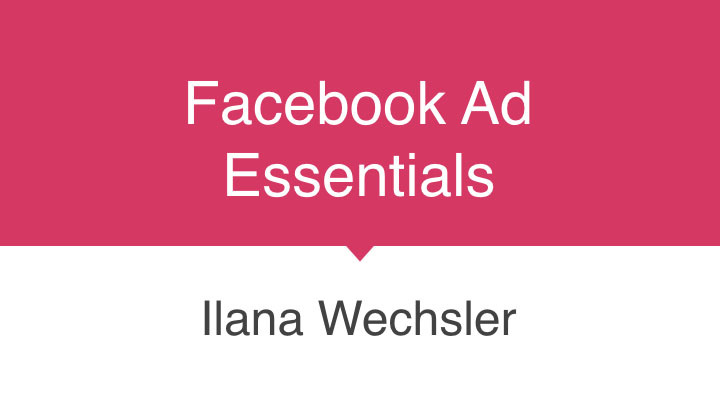
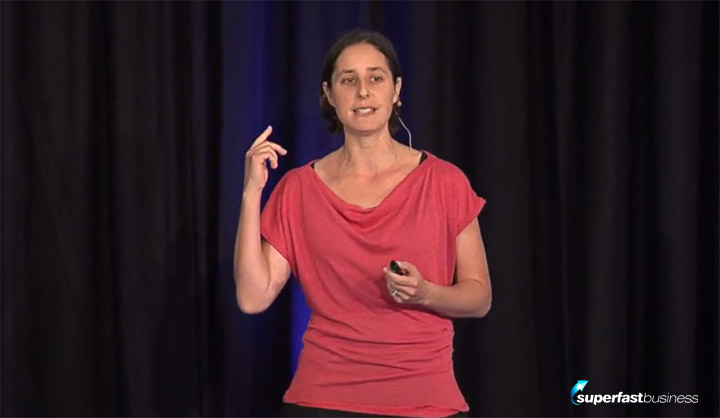
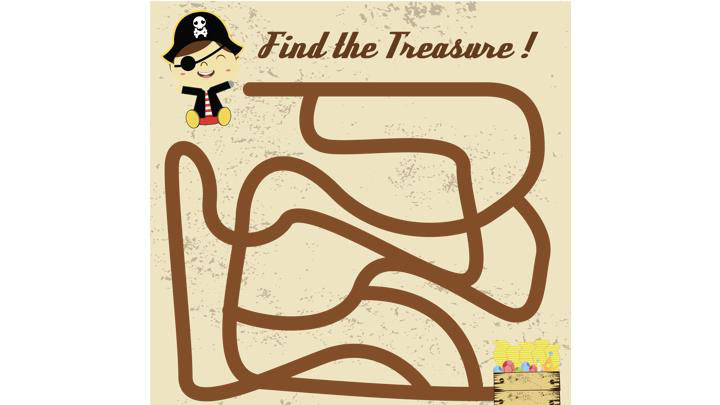
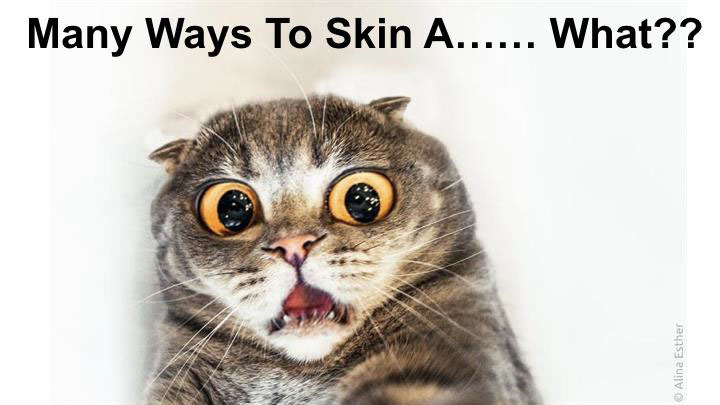
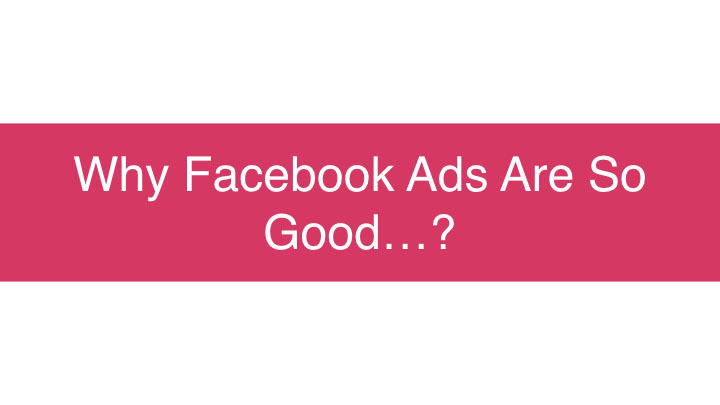
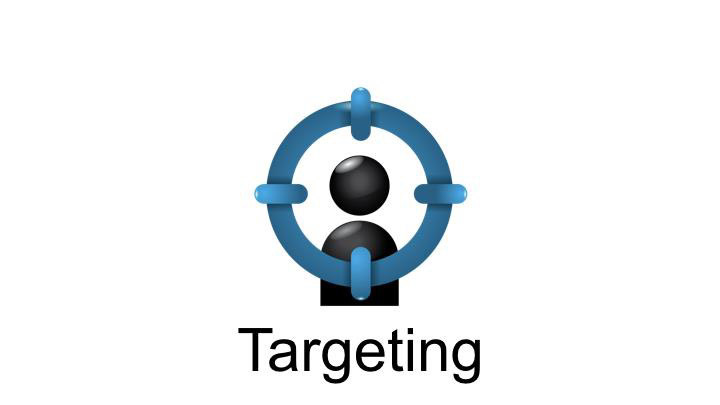
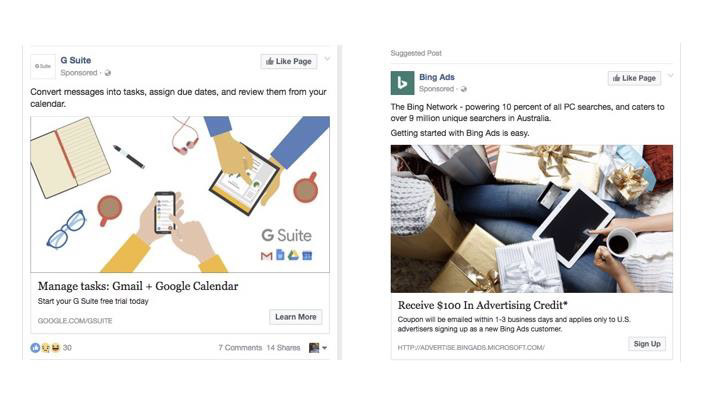
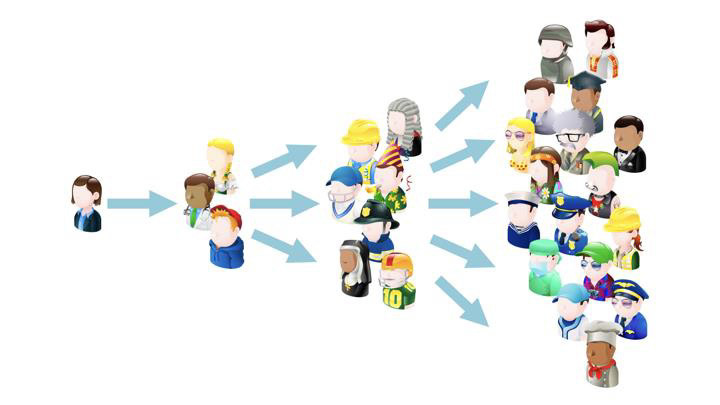
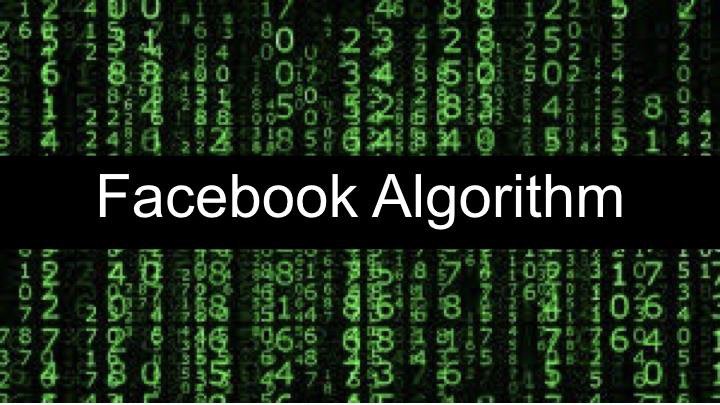
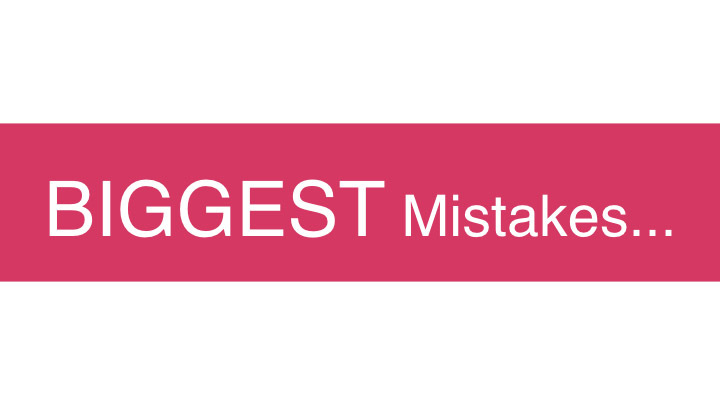
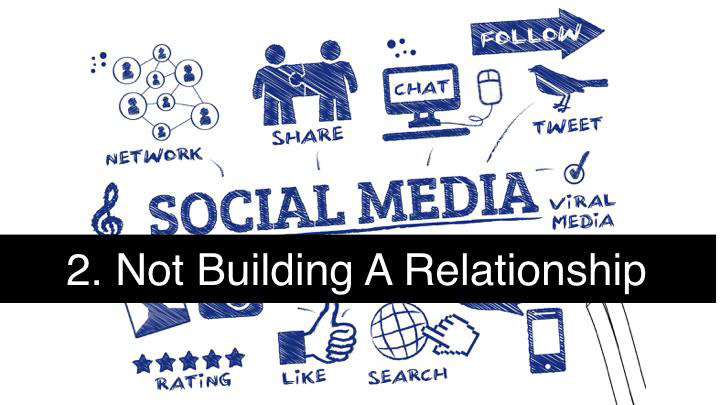
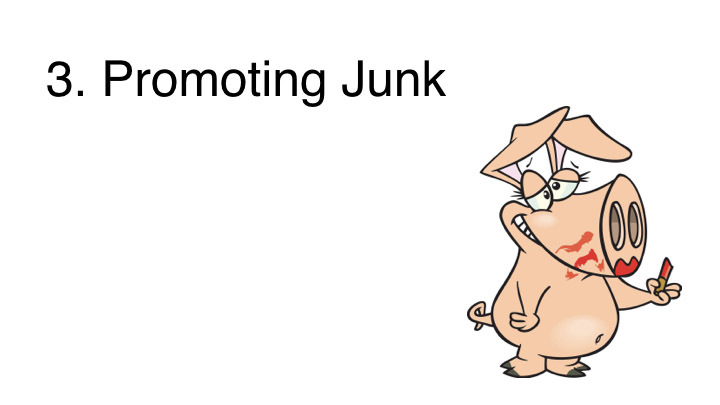
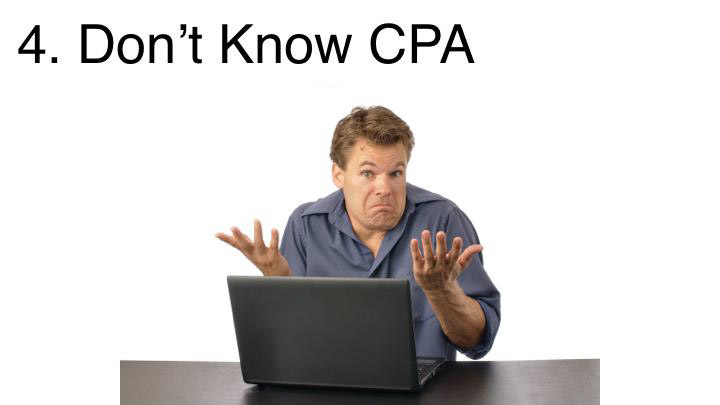
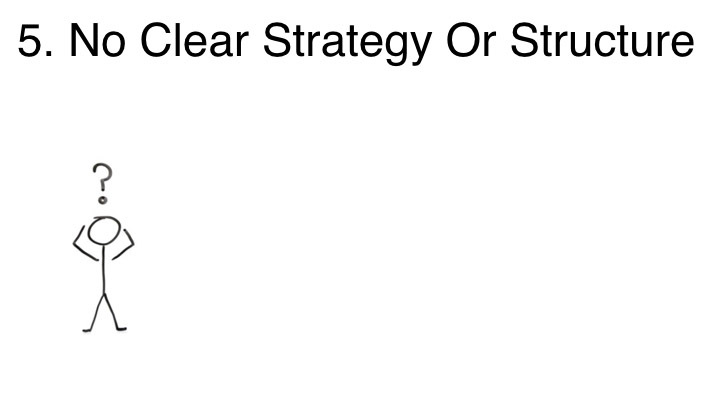
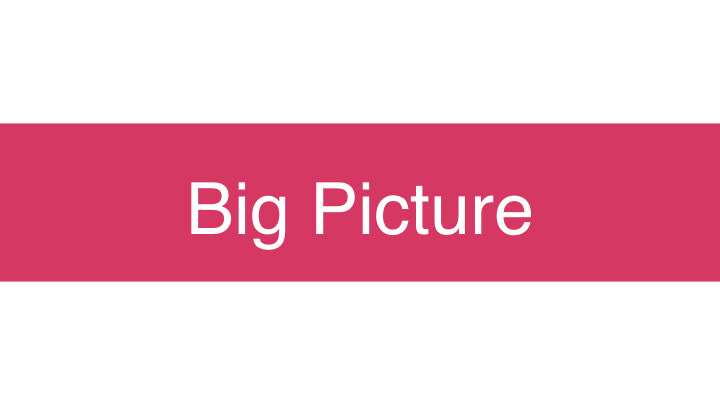
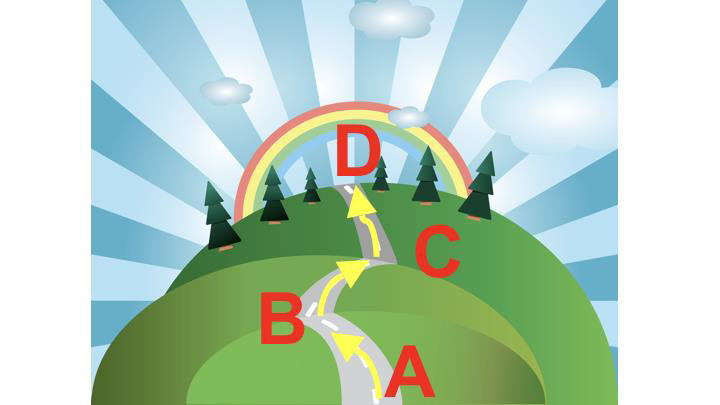
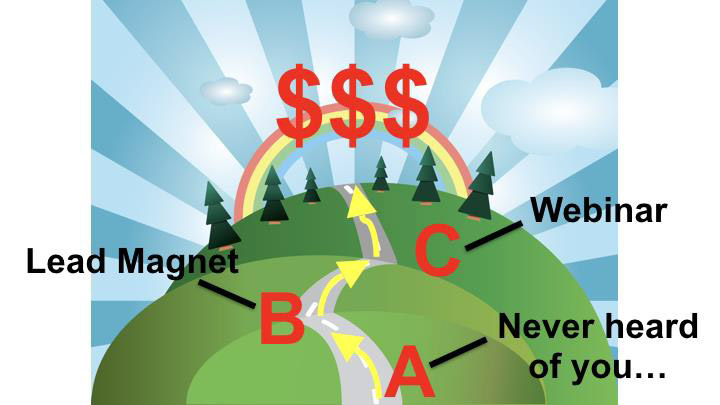
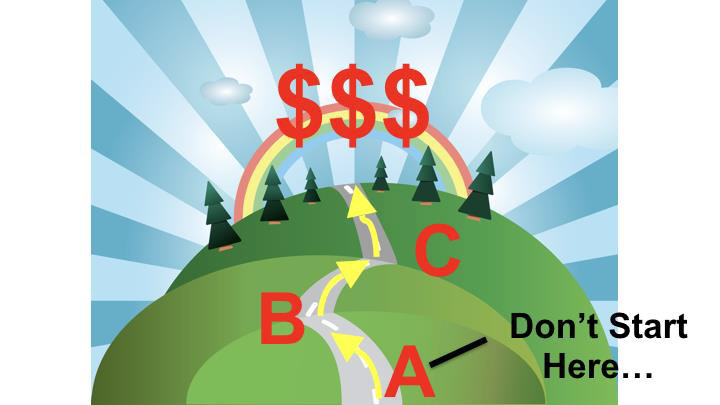
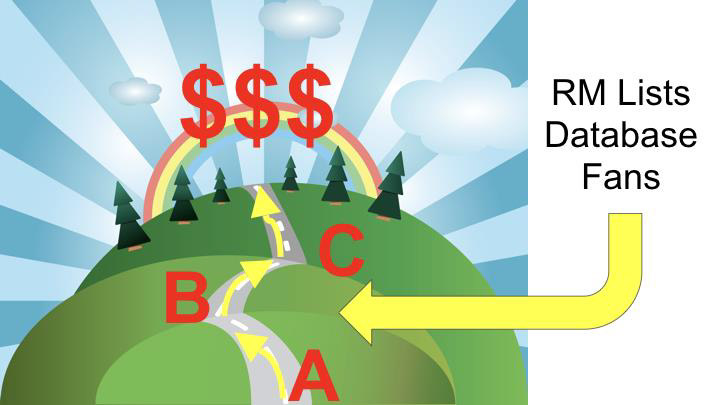
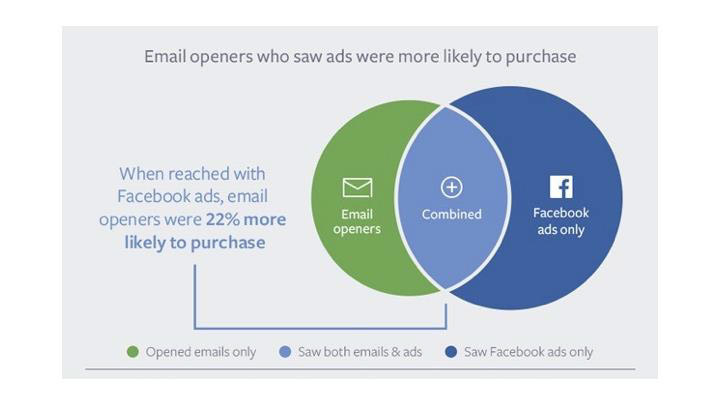
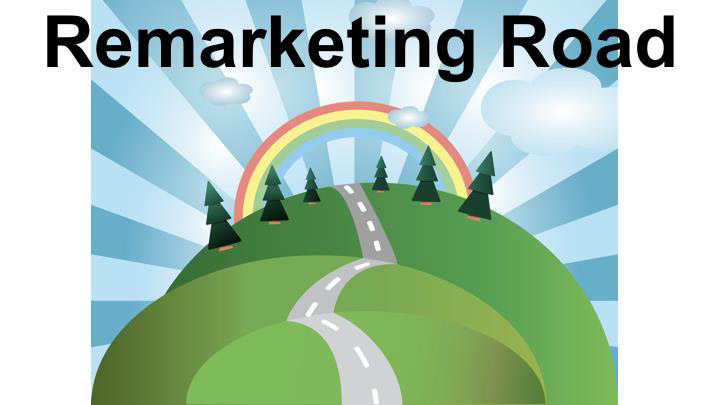
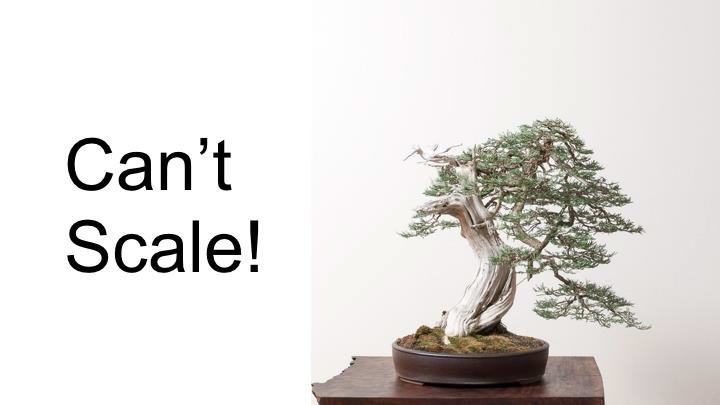
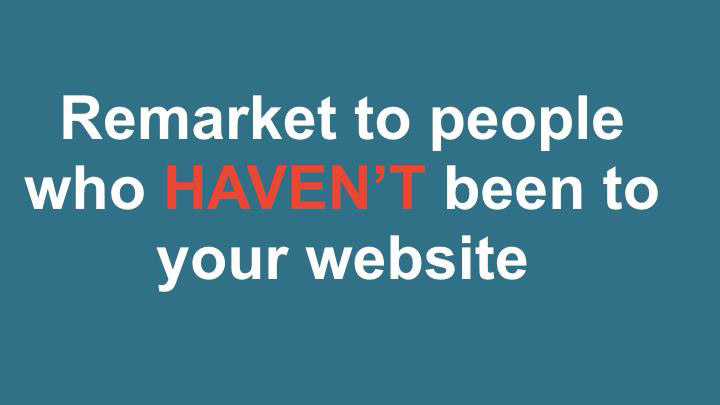
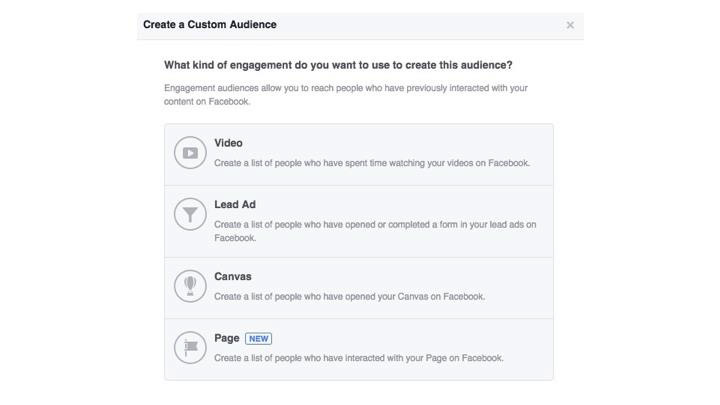
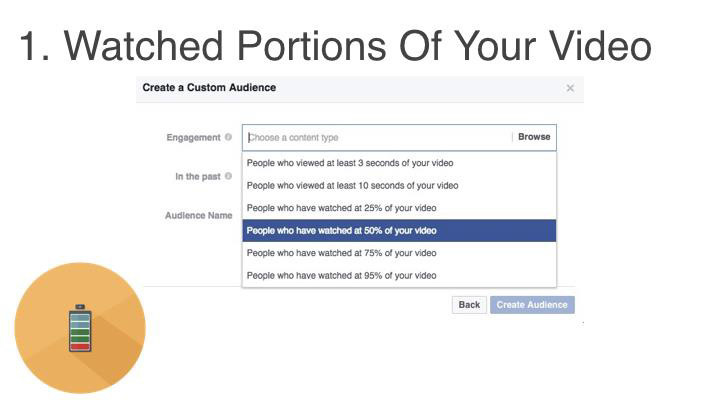
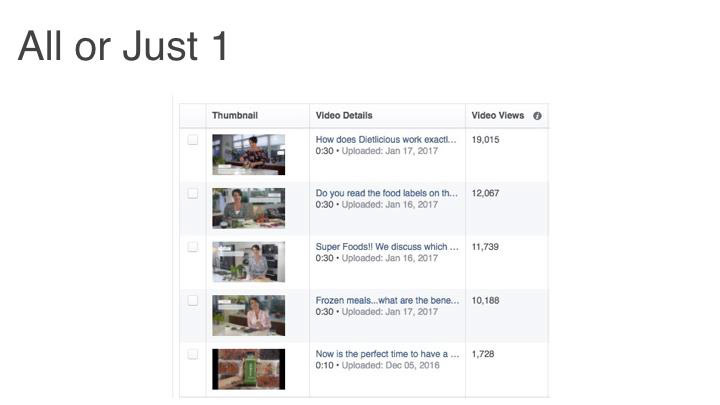
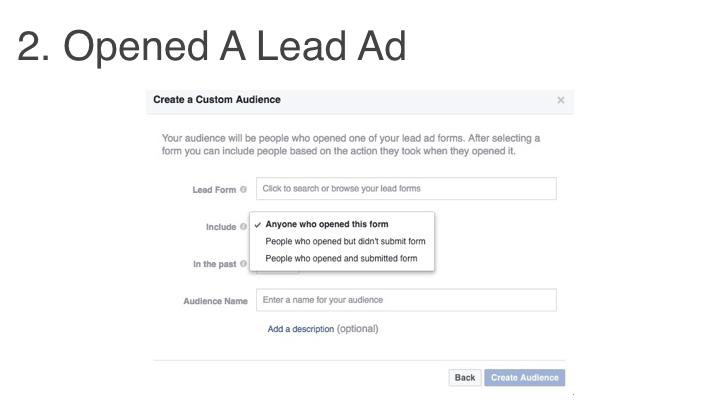
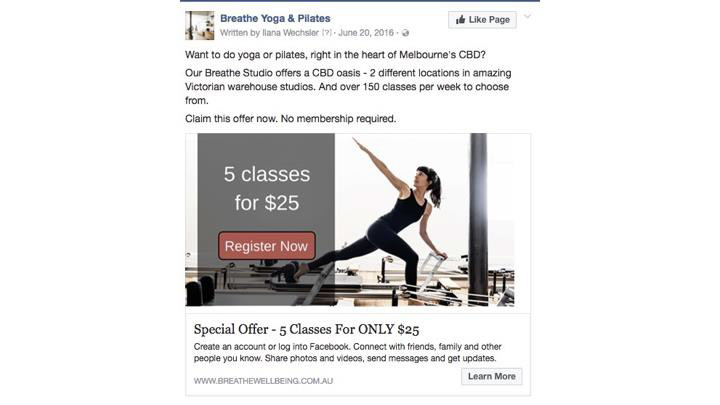
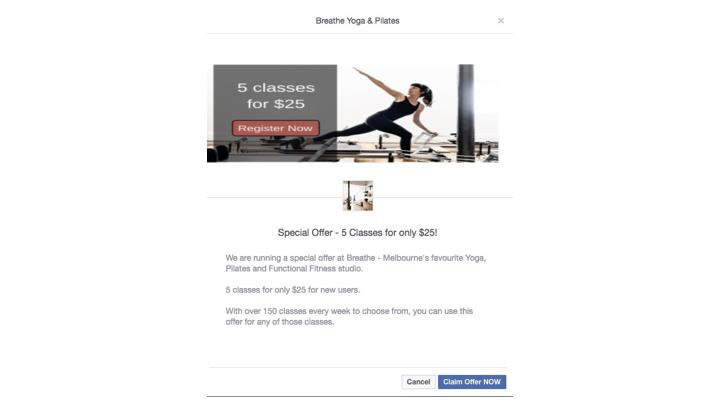
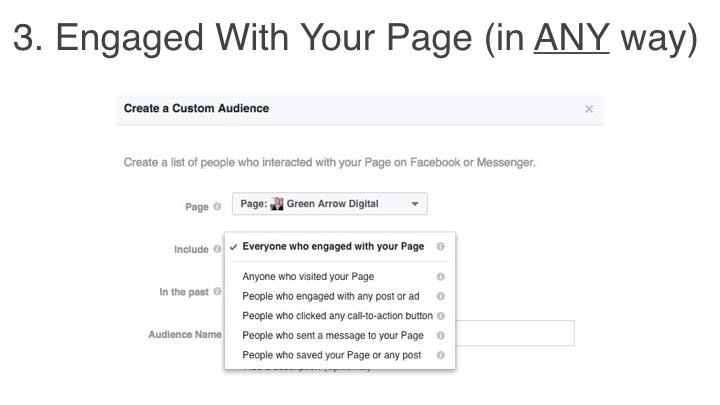
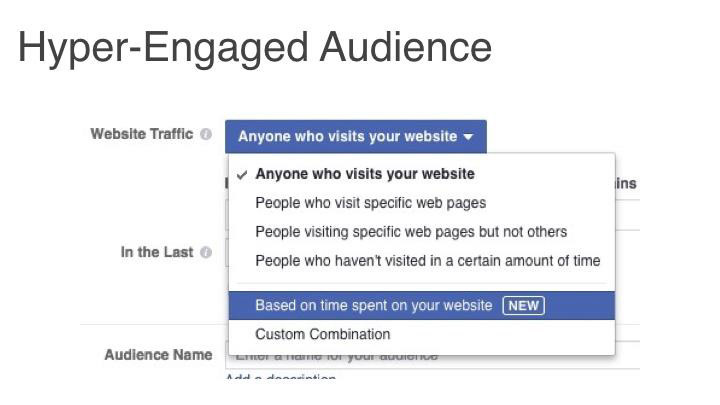
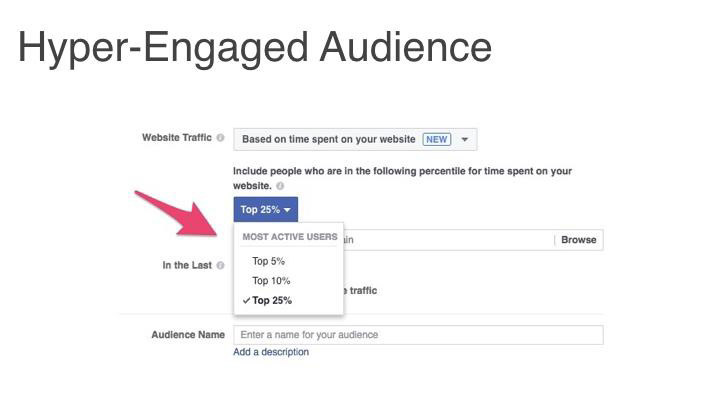
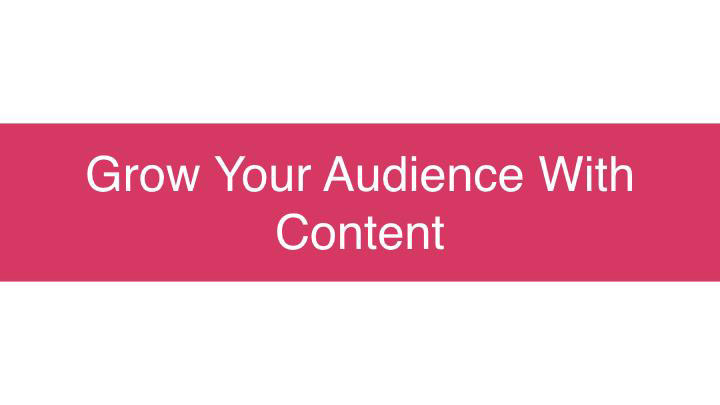
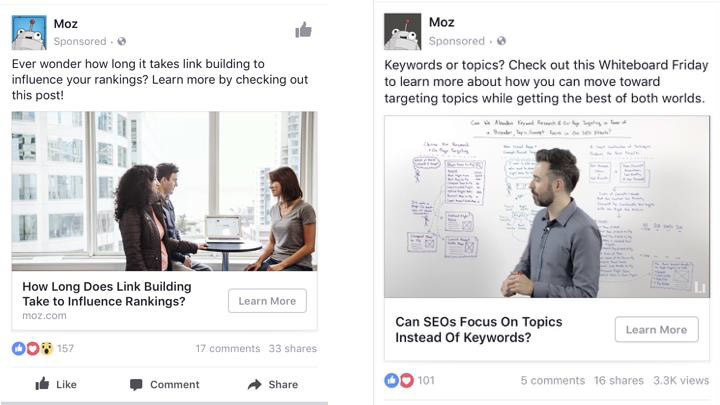
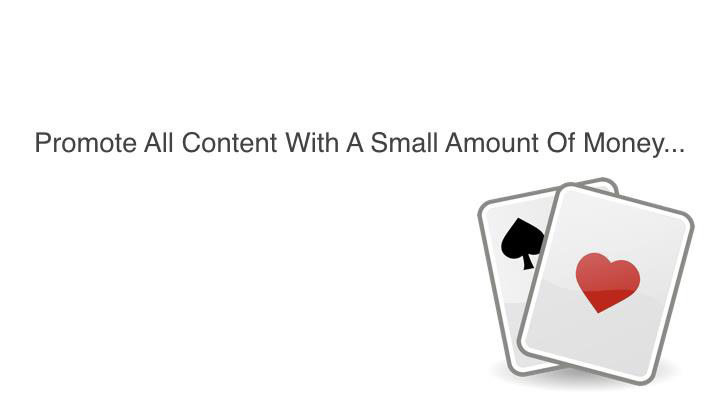

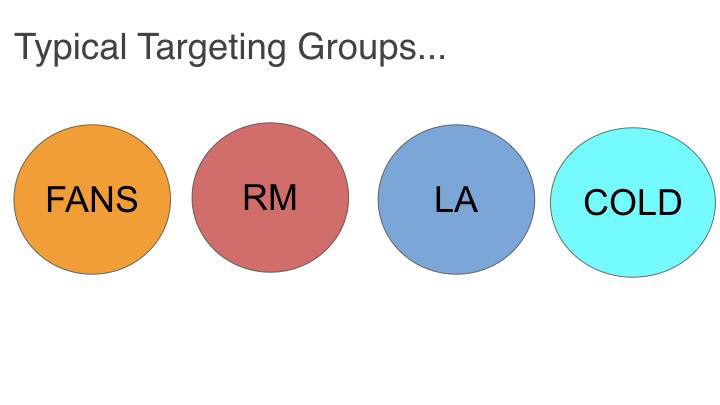
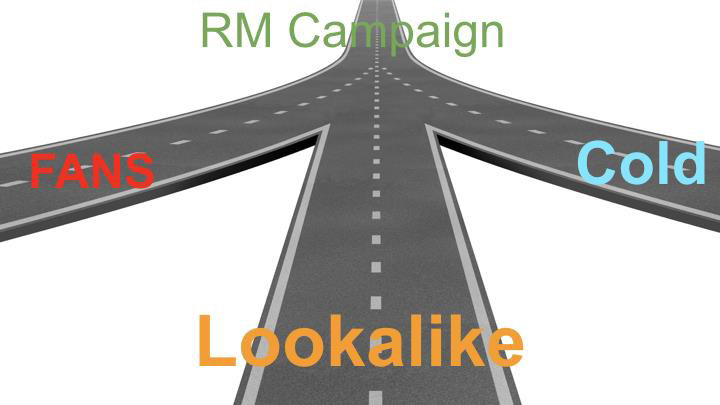
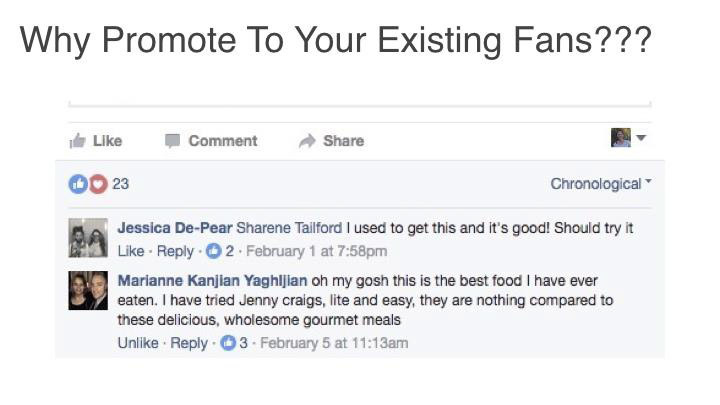
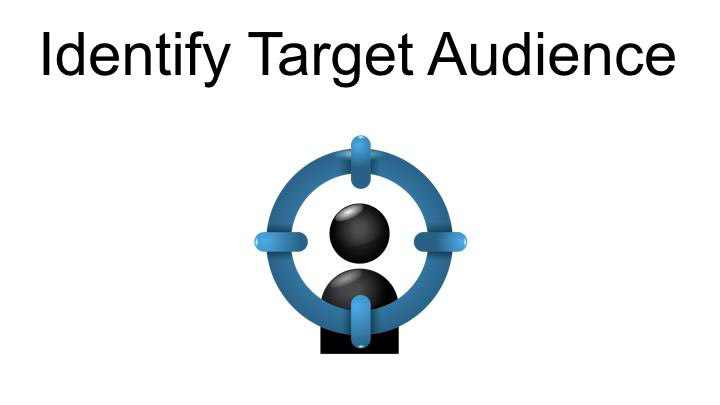
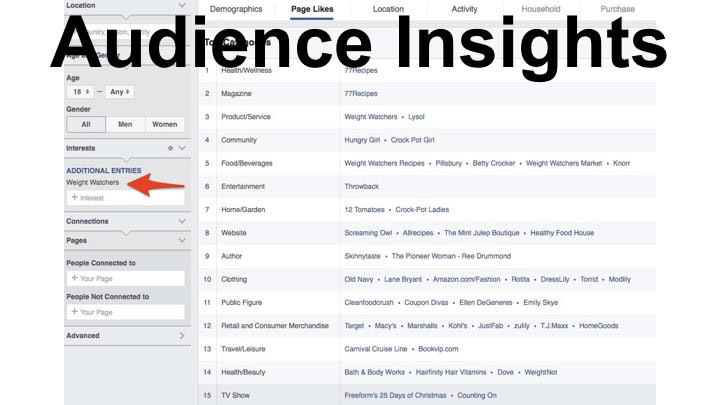
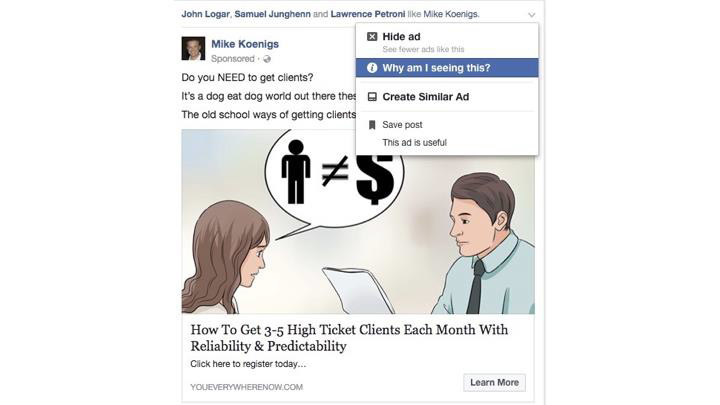
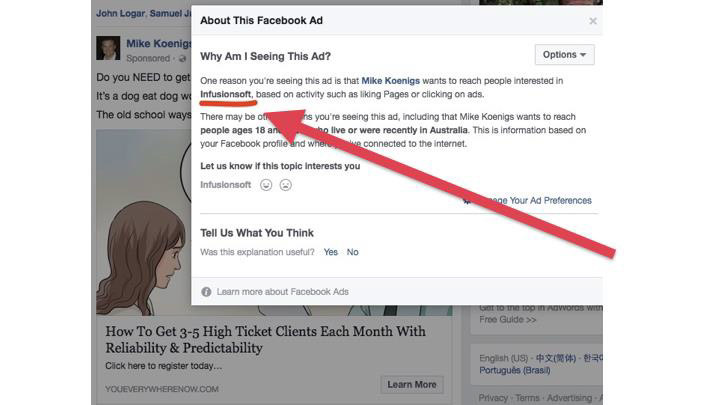


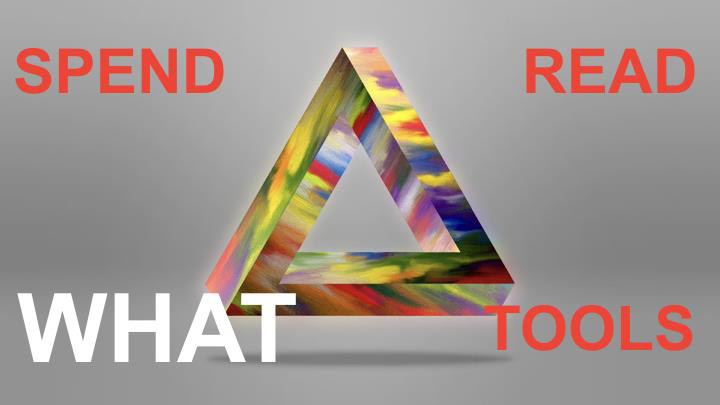
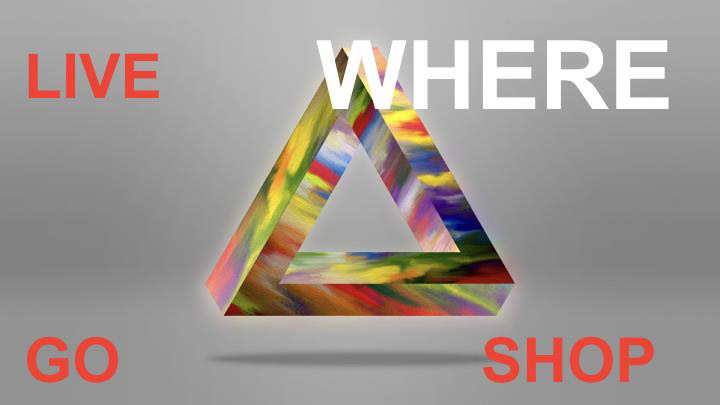
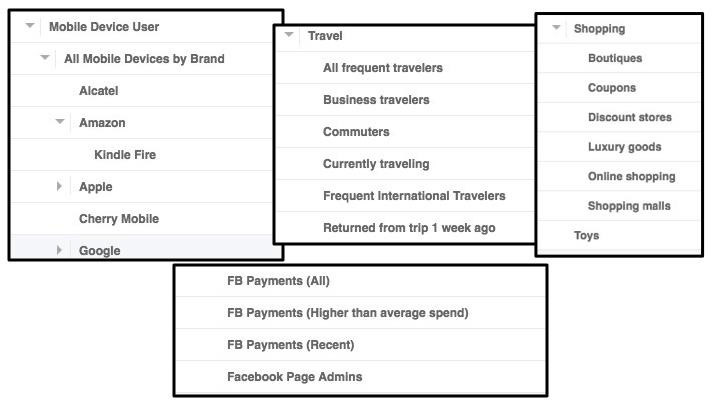
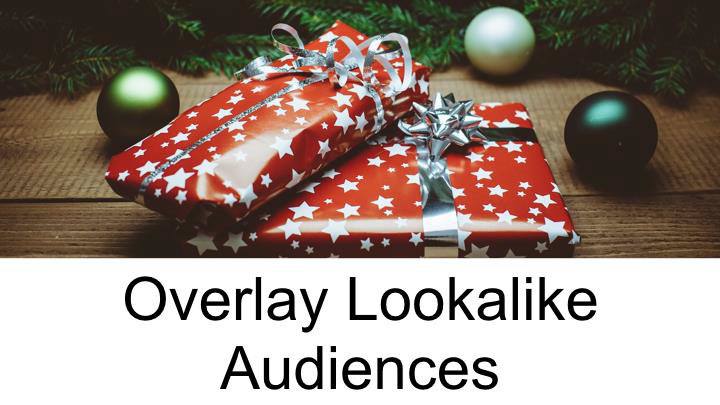
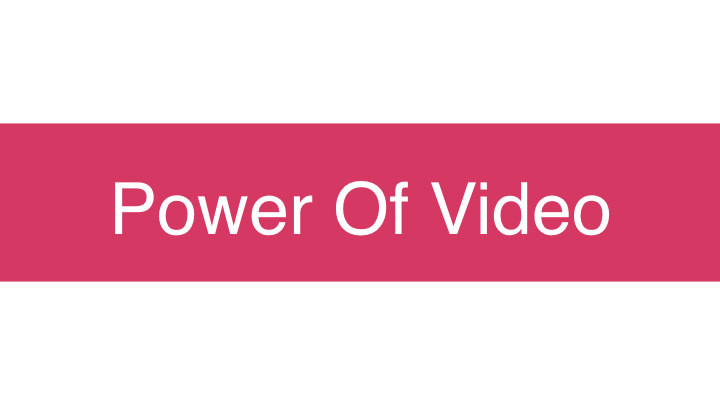
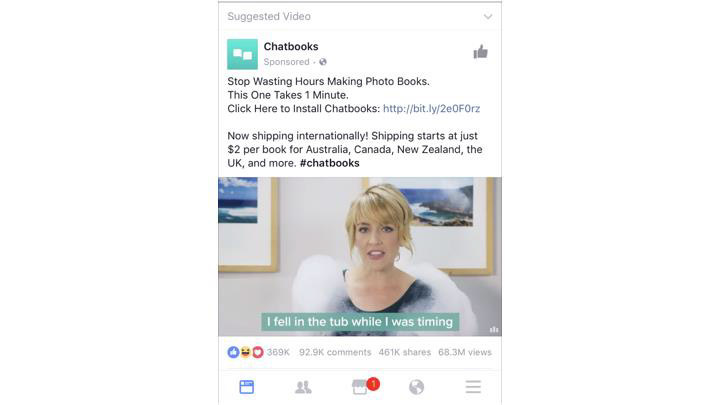
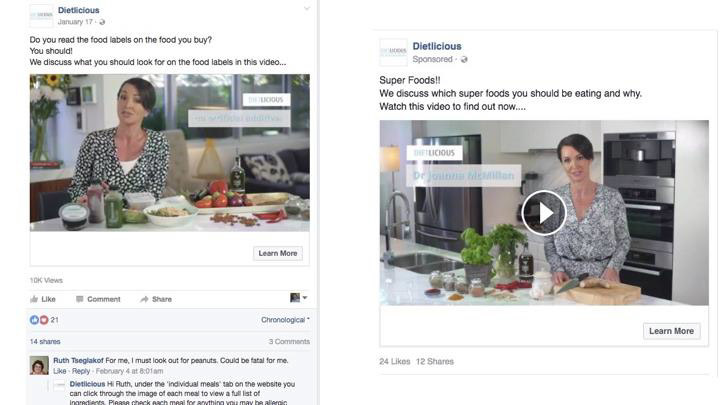
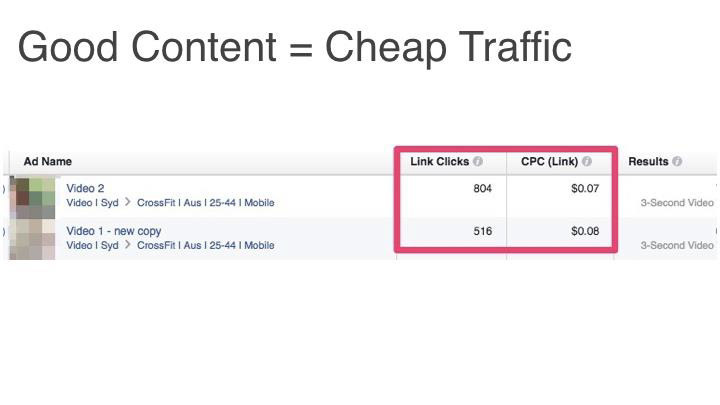
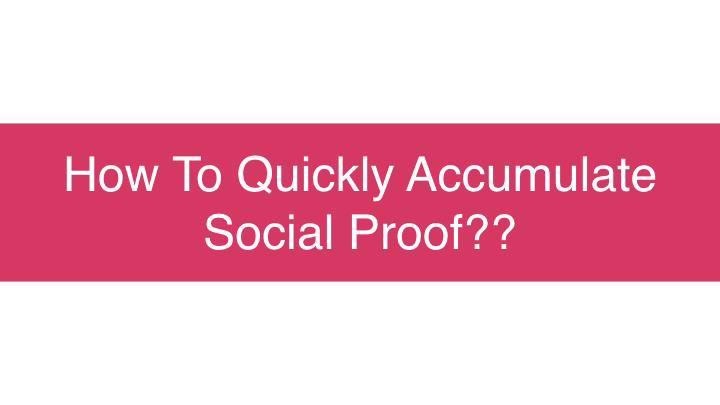
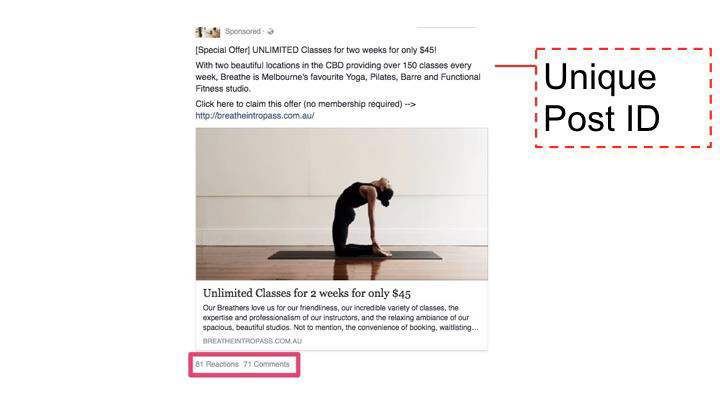
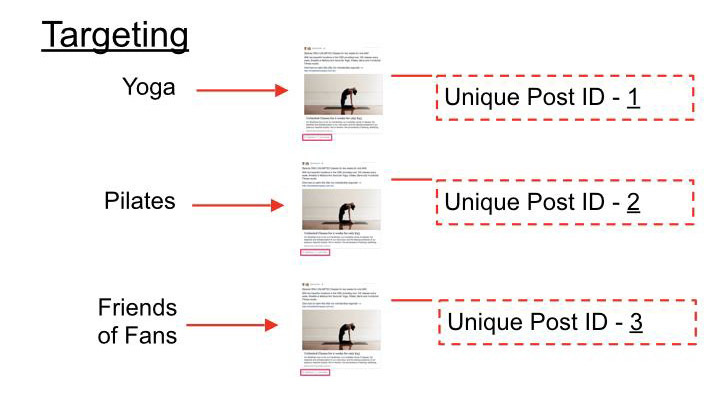
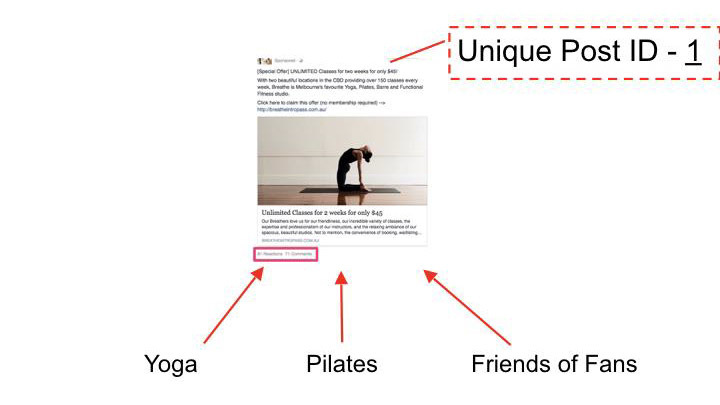
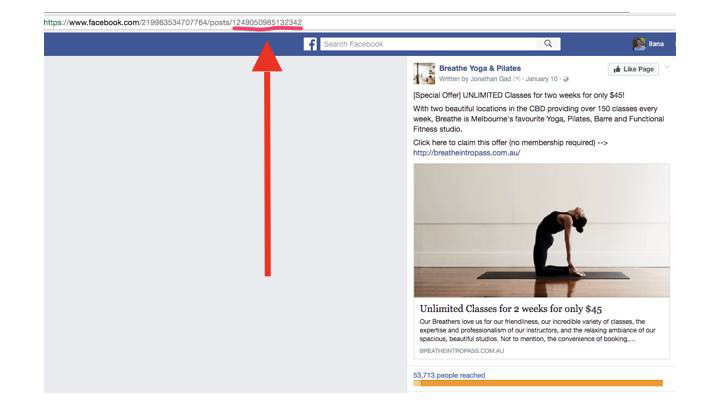
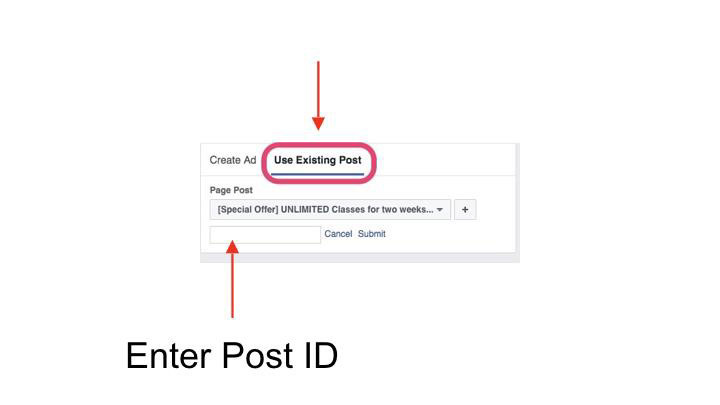
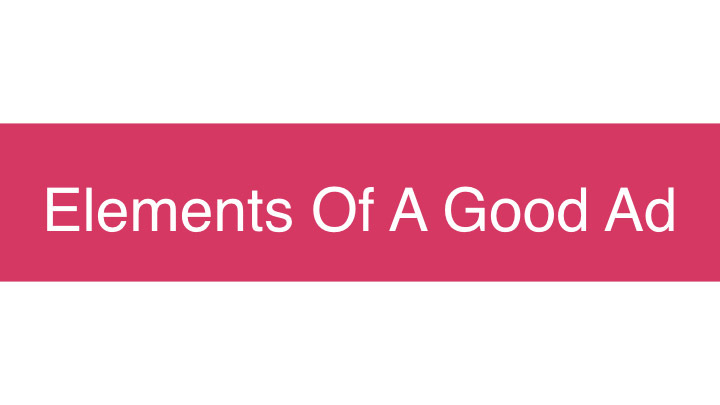
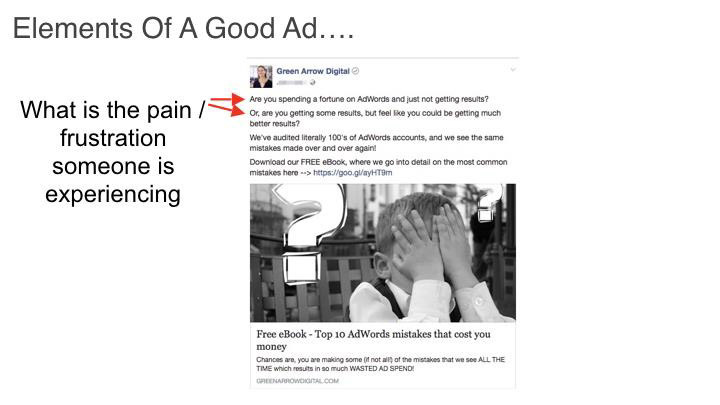
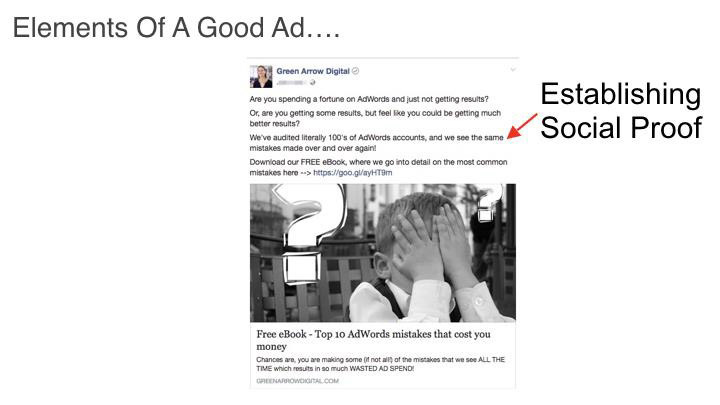
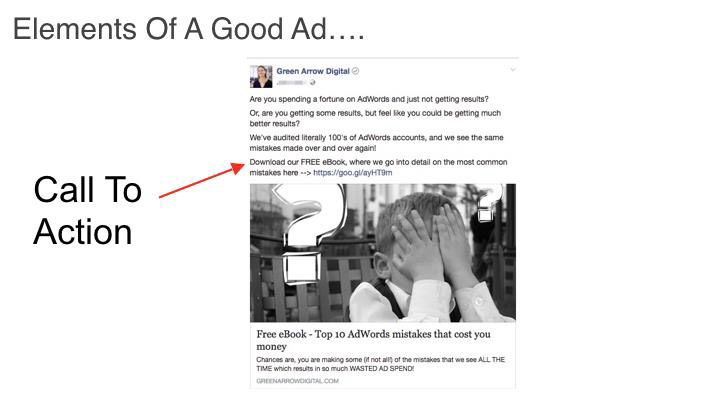
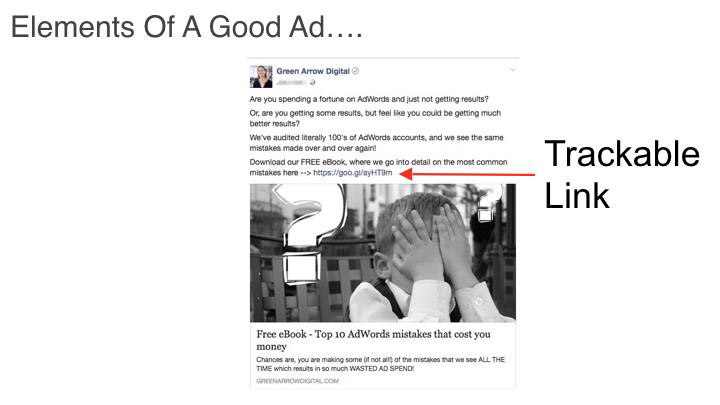
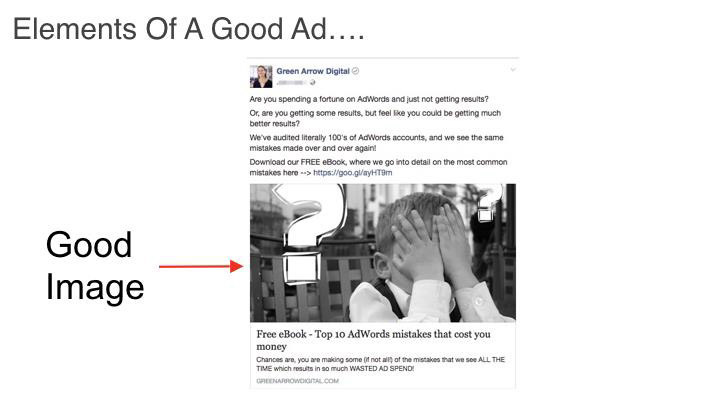
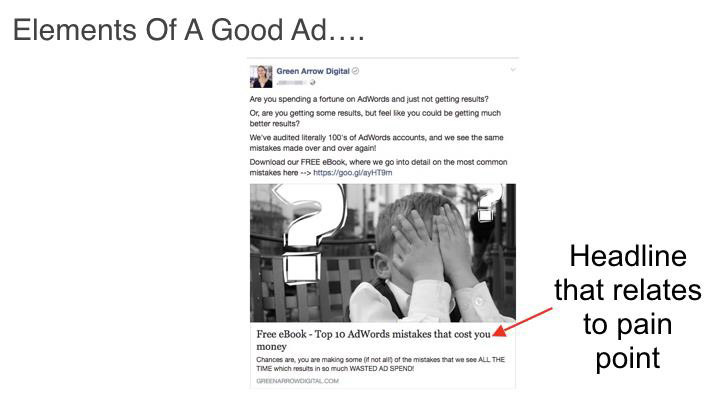
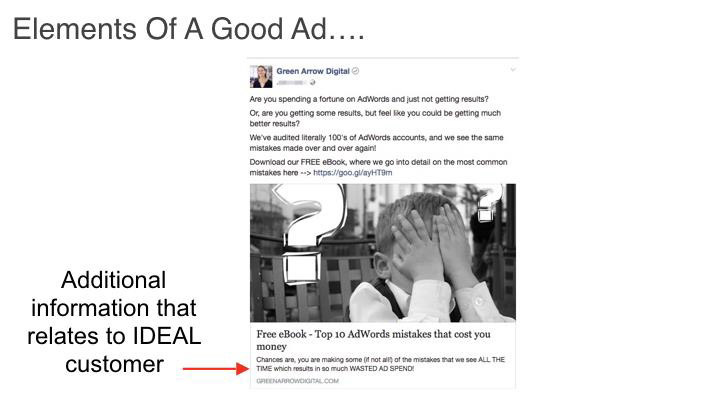
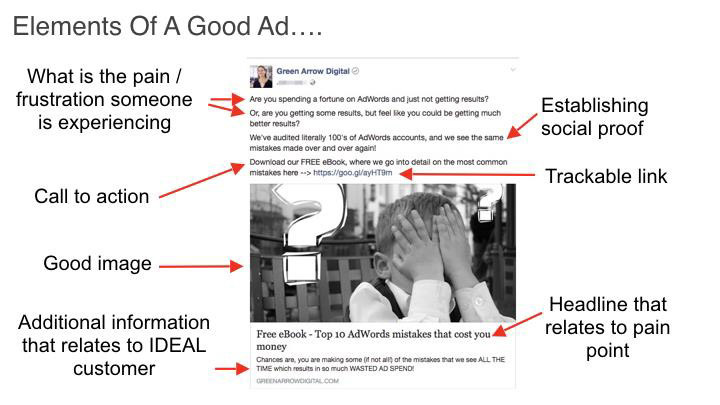
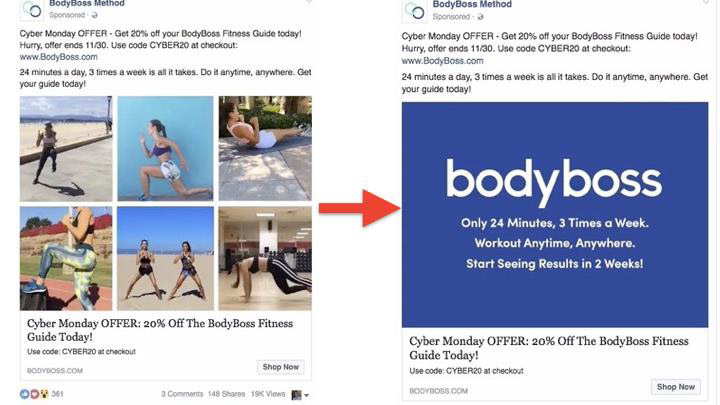
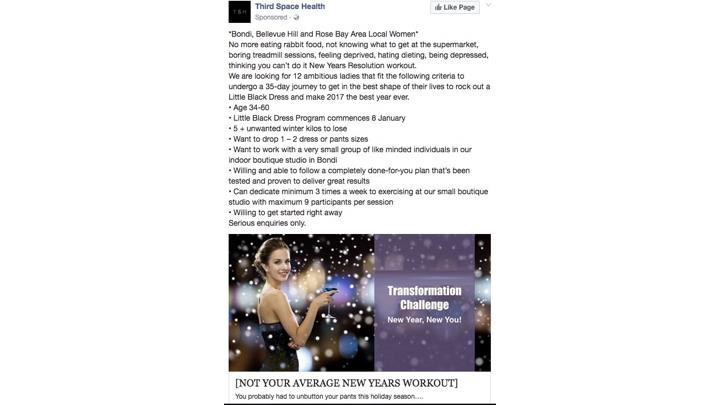
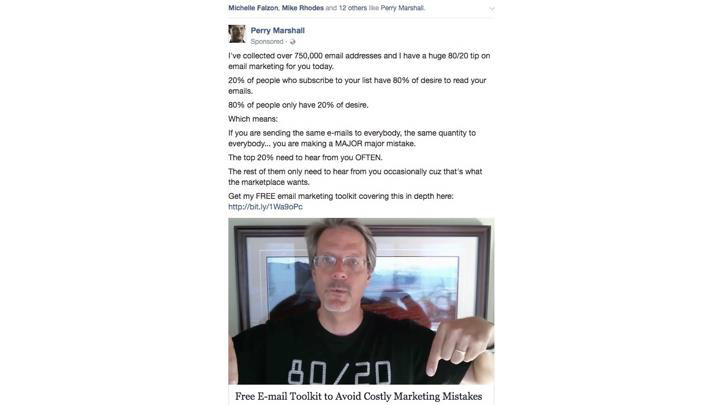
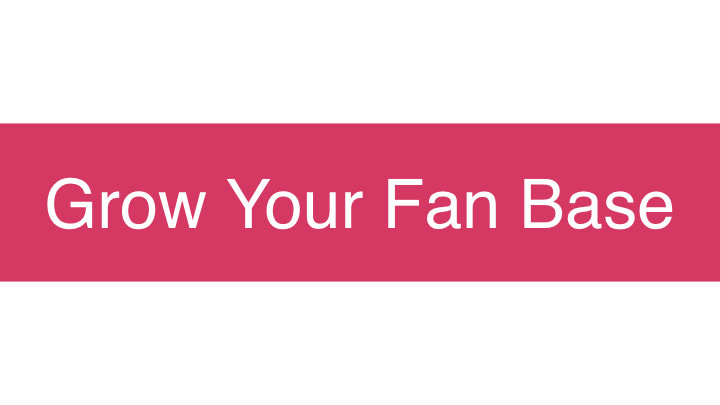
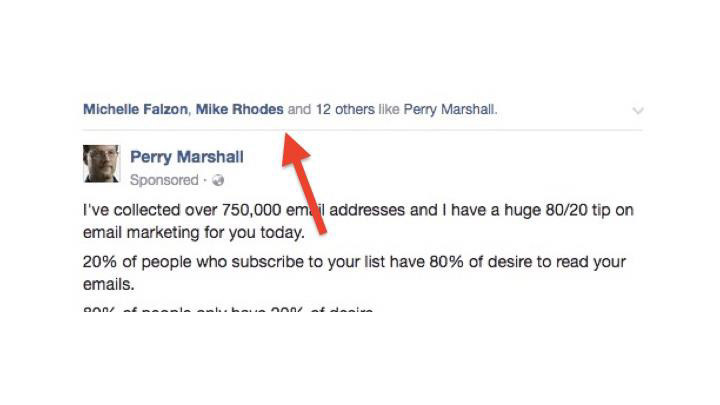
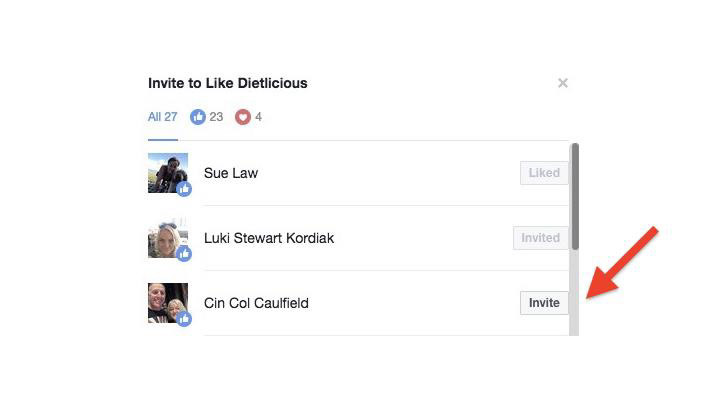
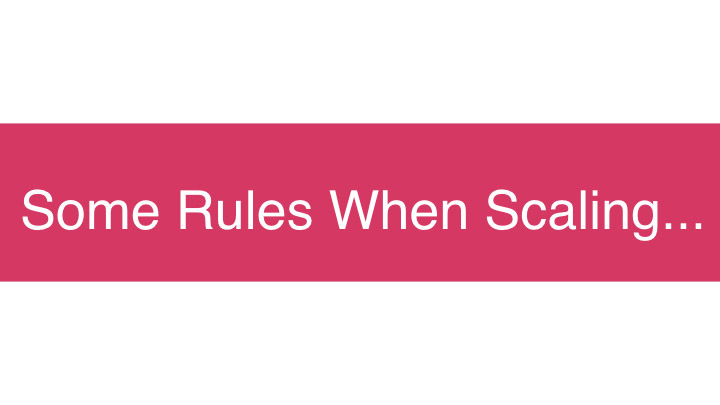
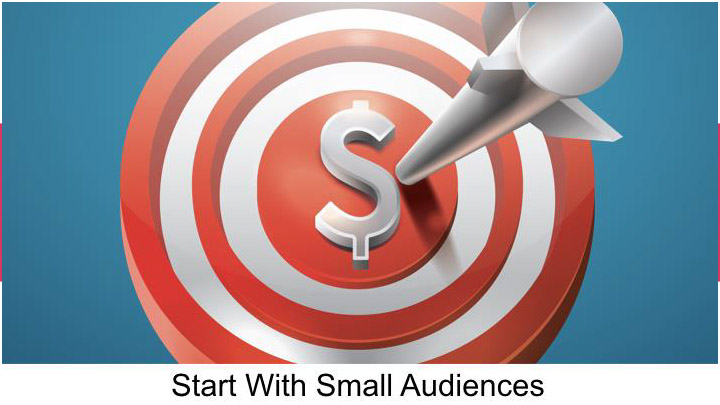

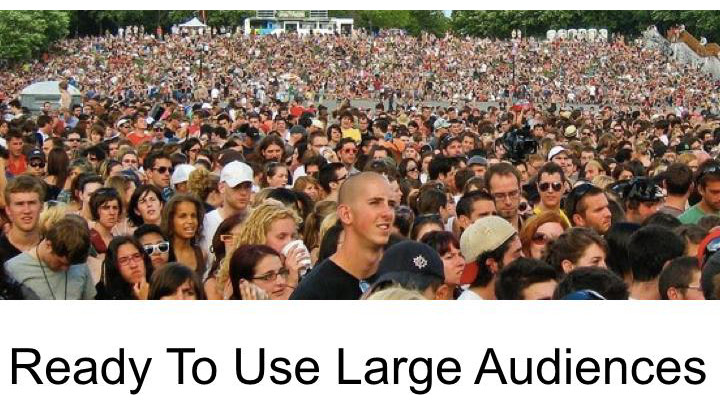
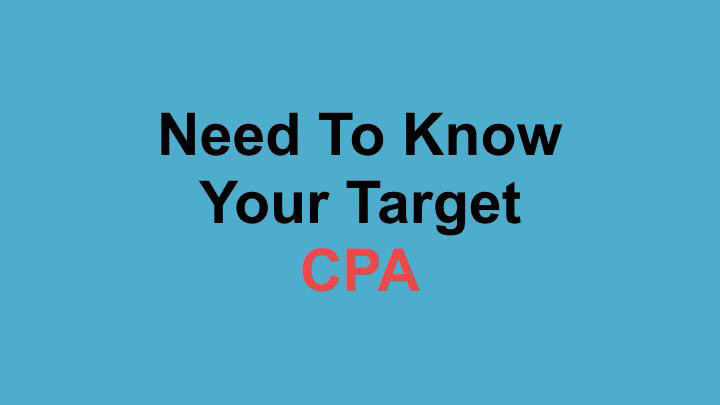
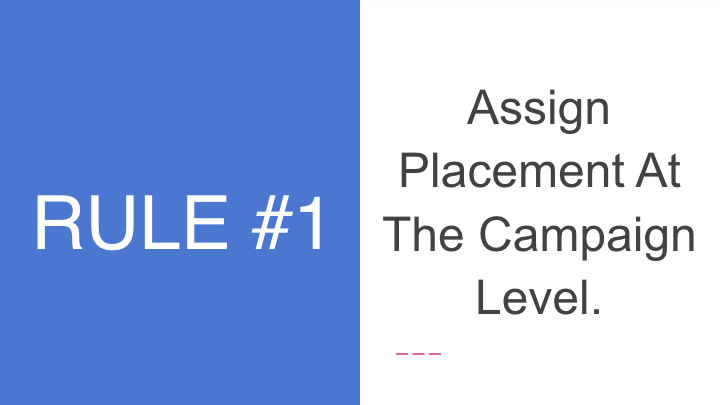
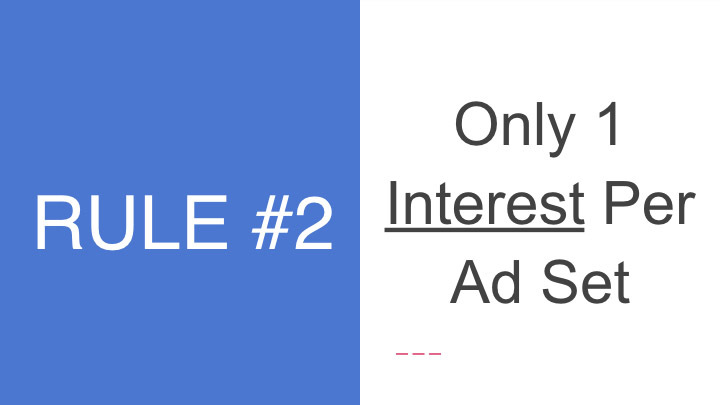
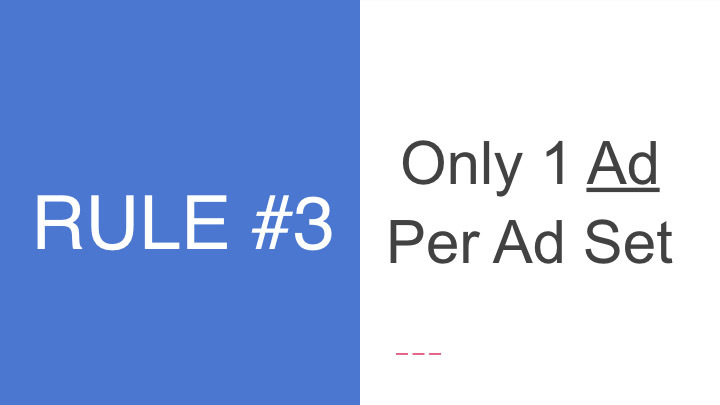
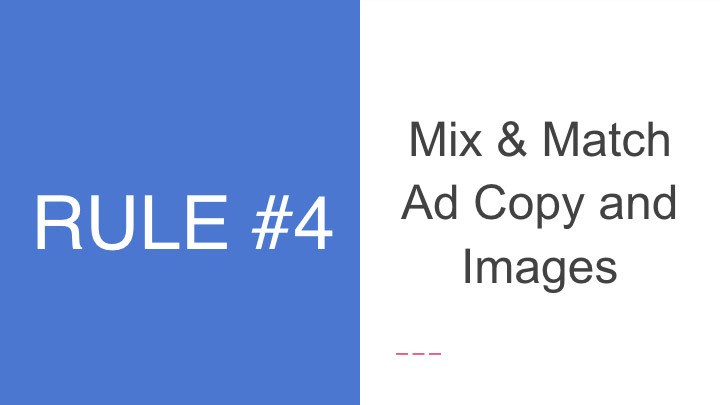
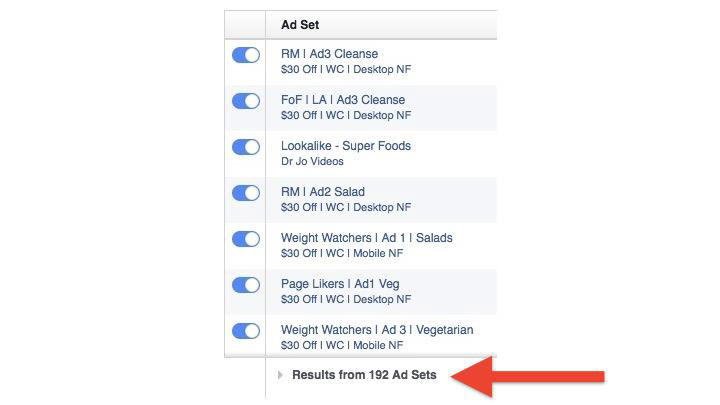
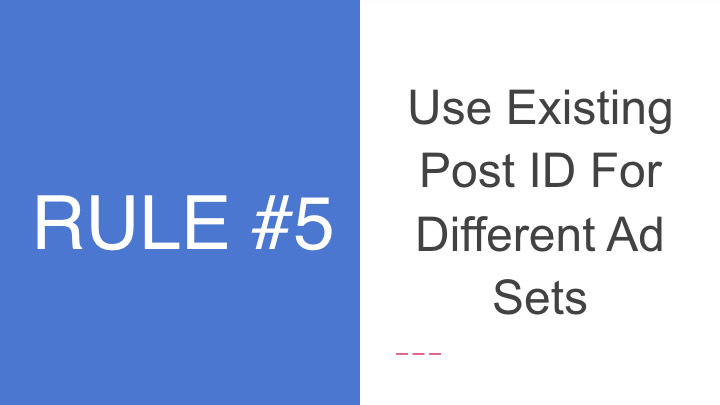
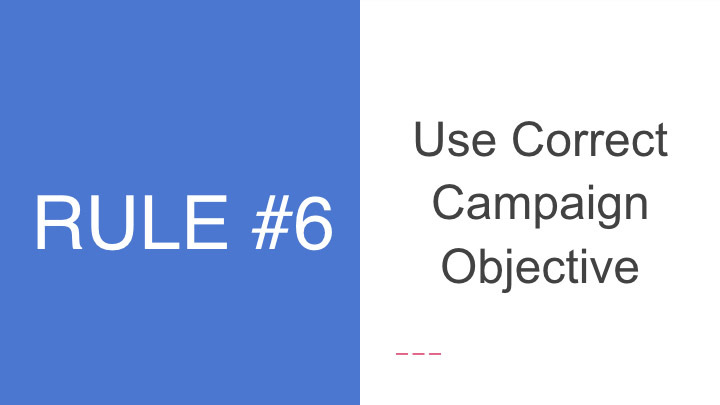
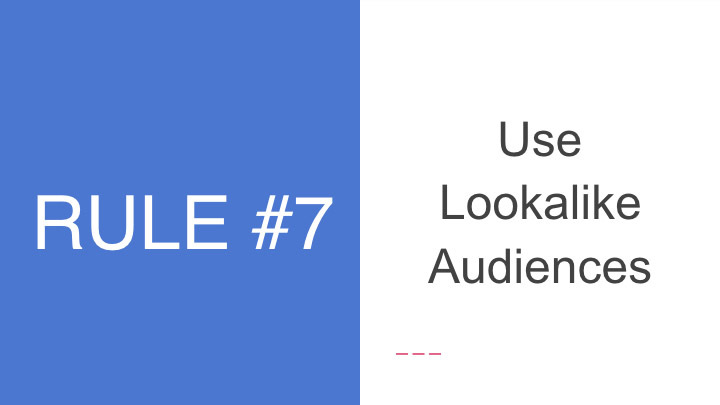
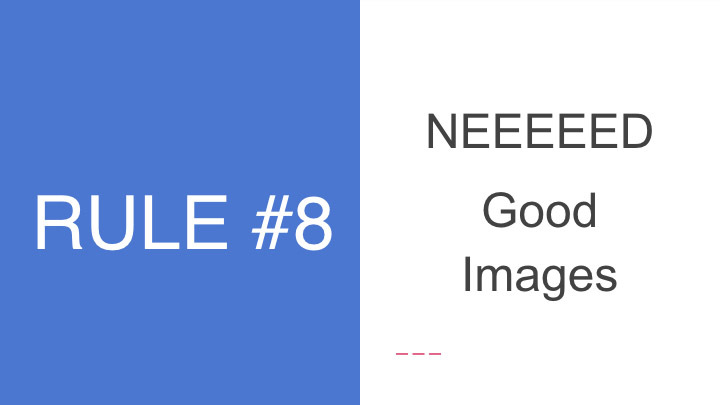
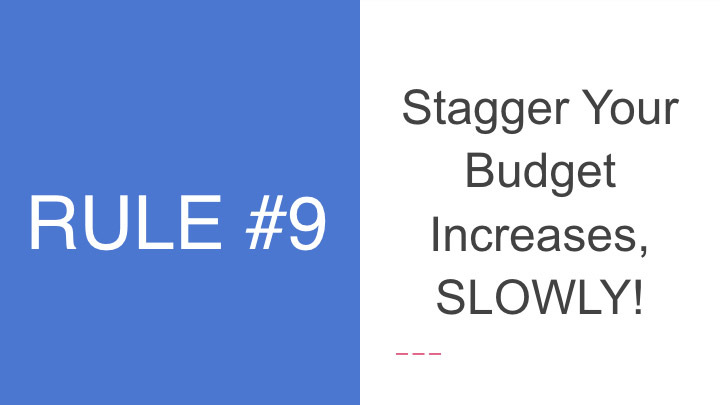
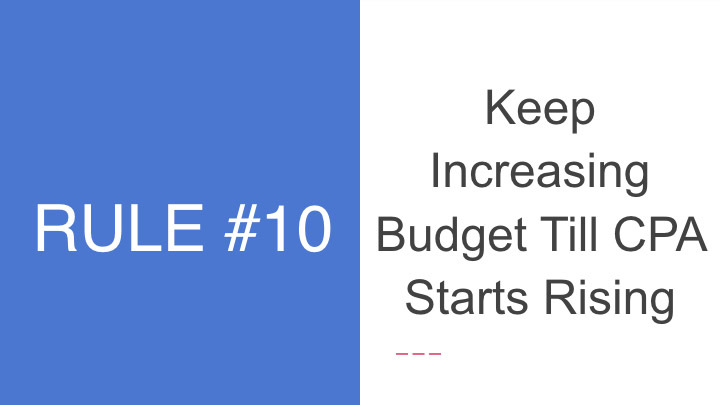
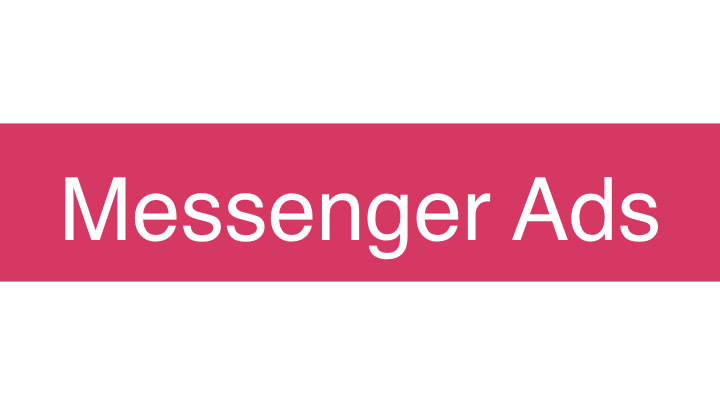
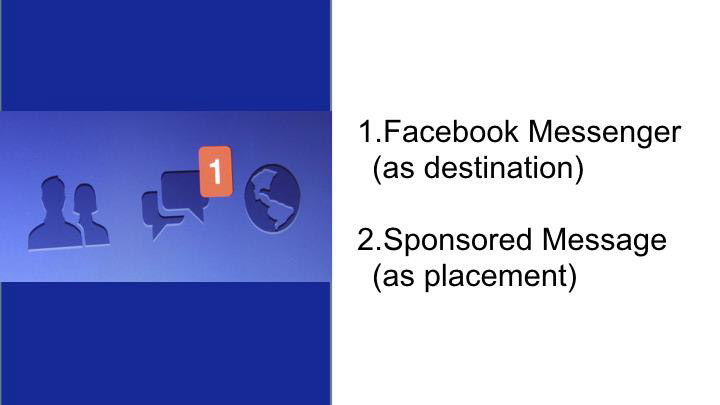
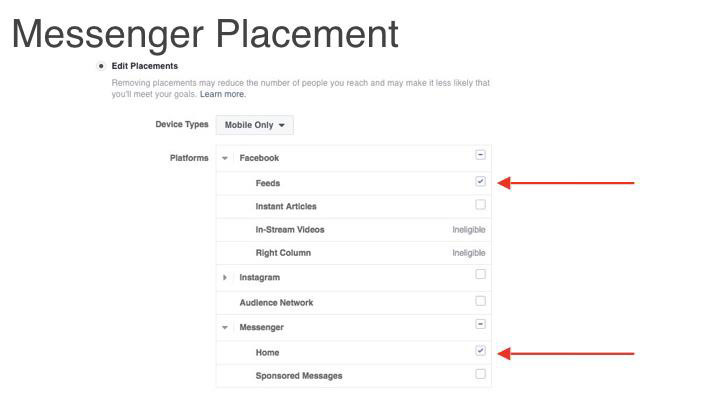
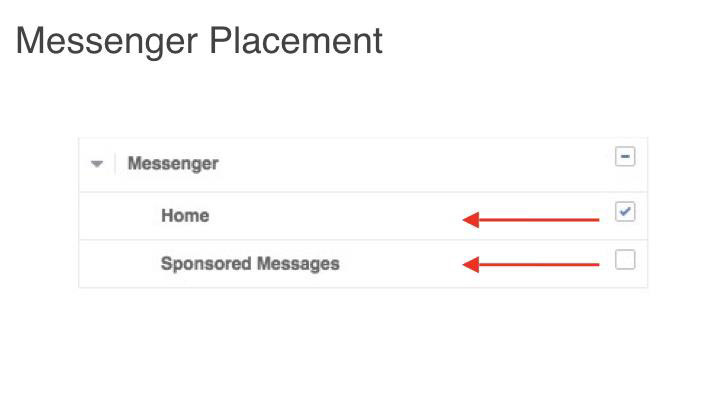
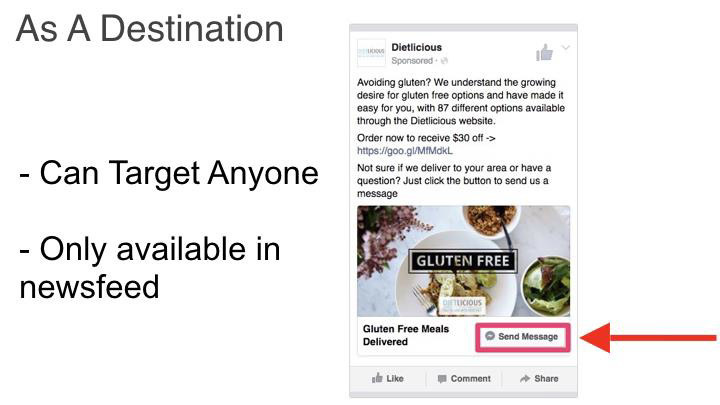
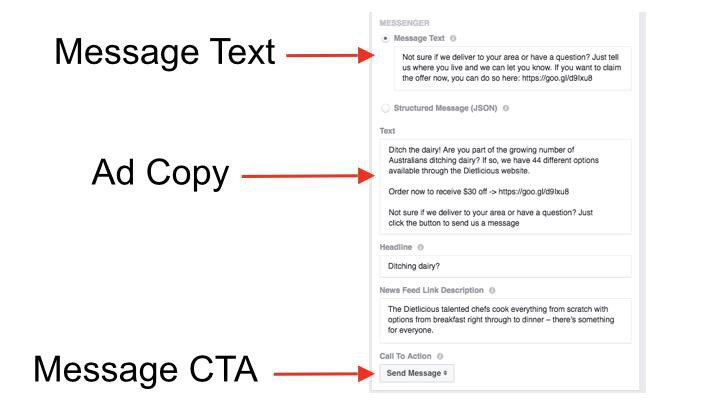
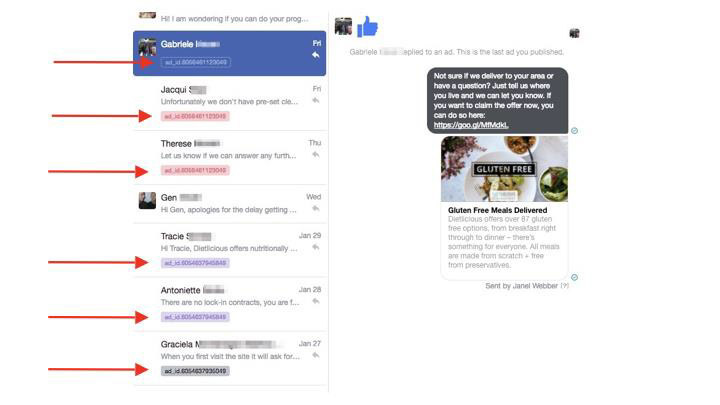
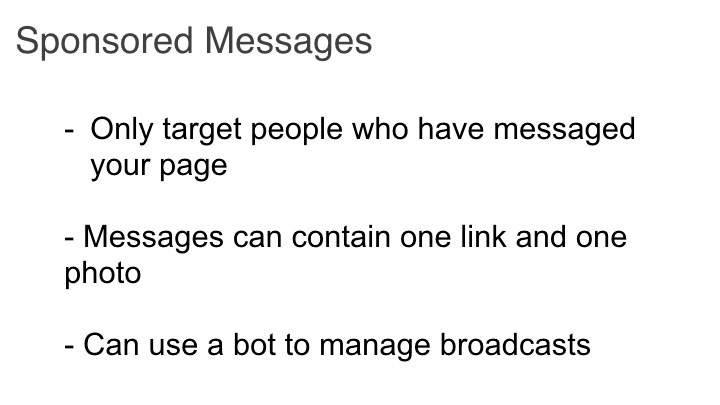
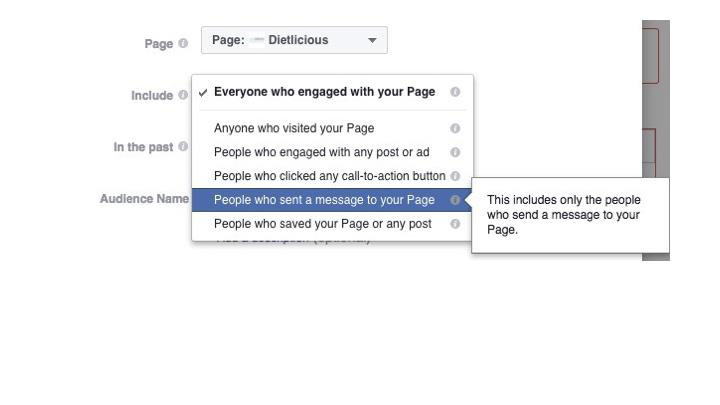
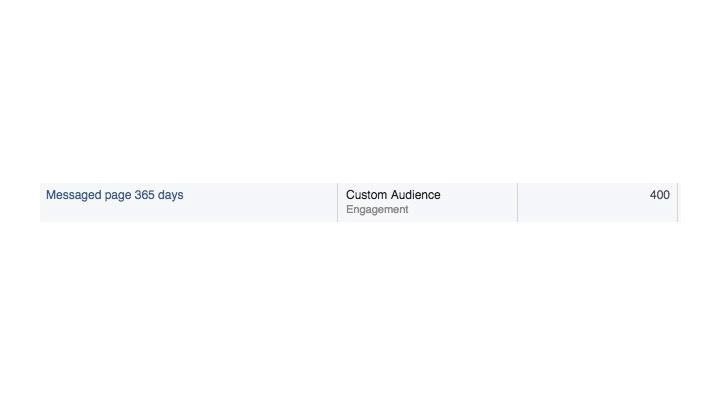
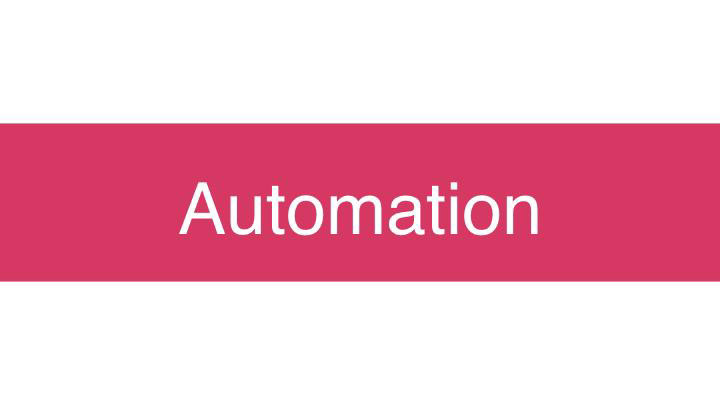
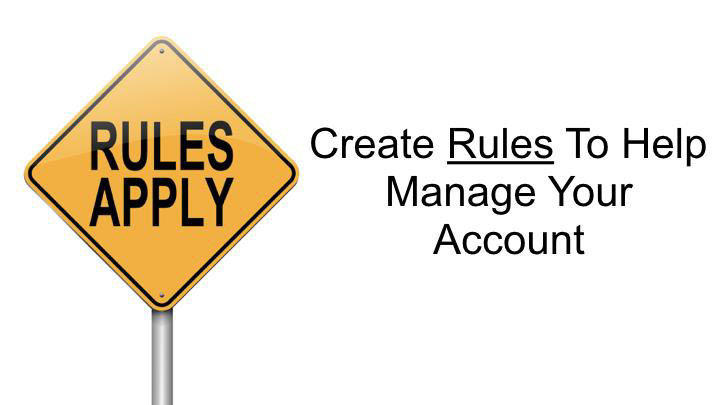
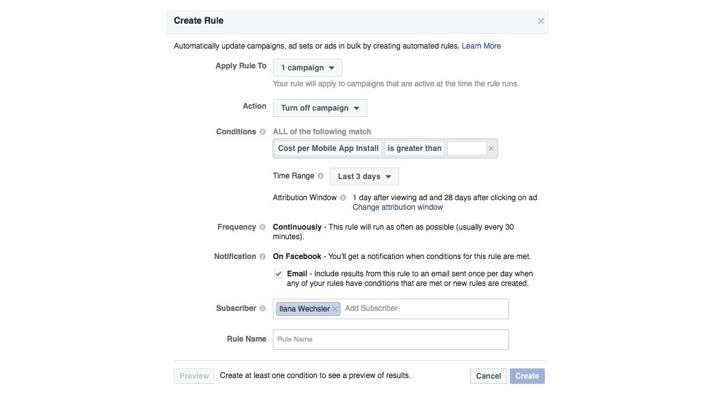



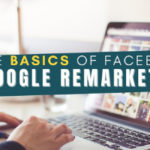





Do you recommend adesspresso? are you using it?
Do you recommend adesspresso? are you using it?
I’ll ask Ilana
No I don’t use it – mainly due to the way I want to structure the account (I want to structure it in a very granular way).